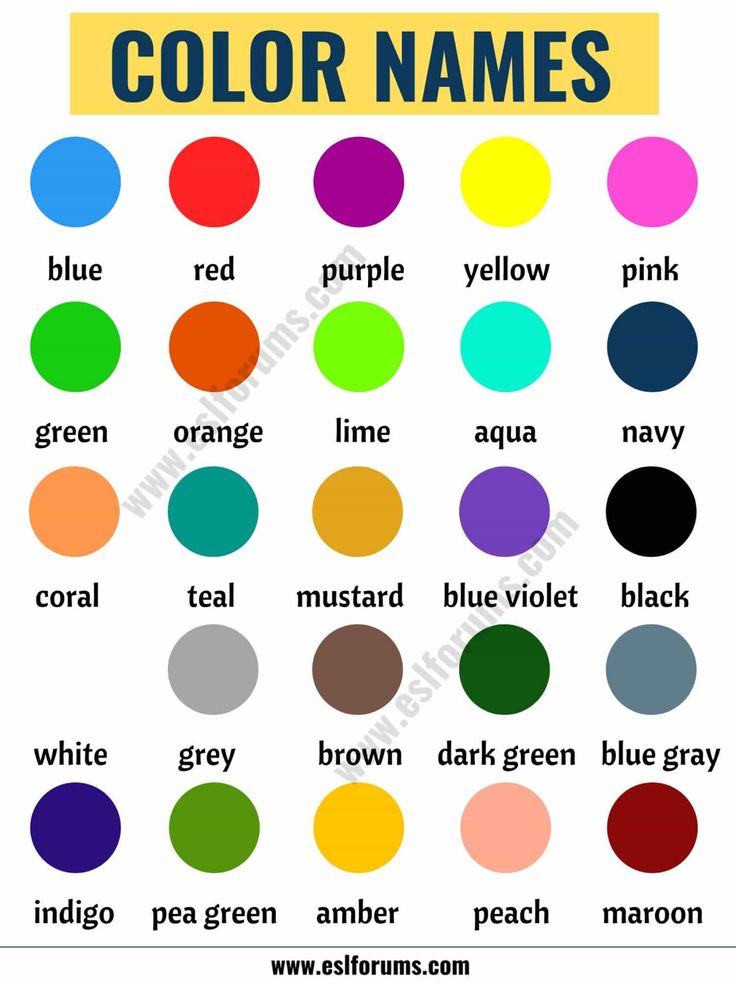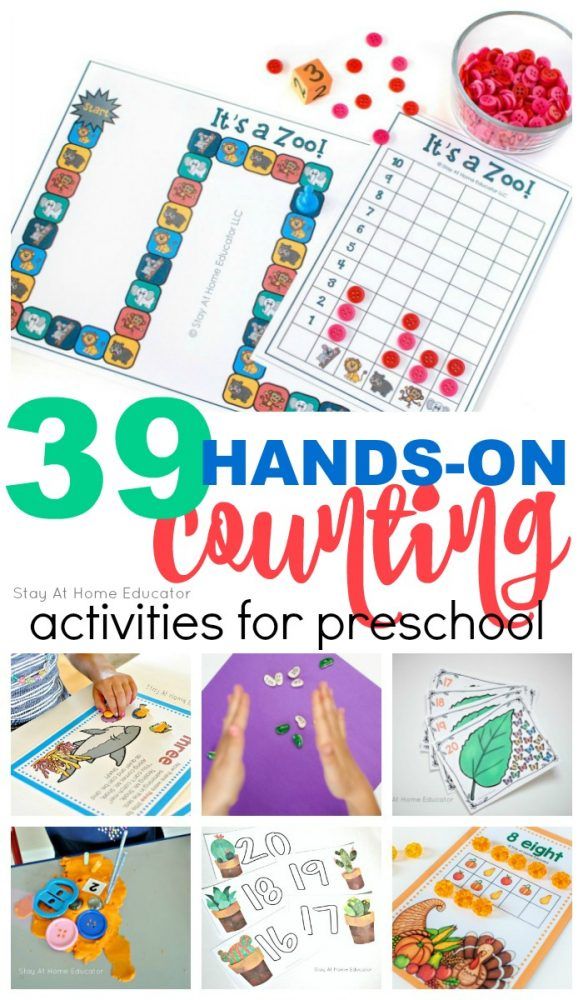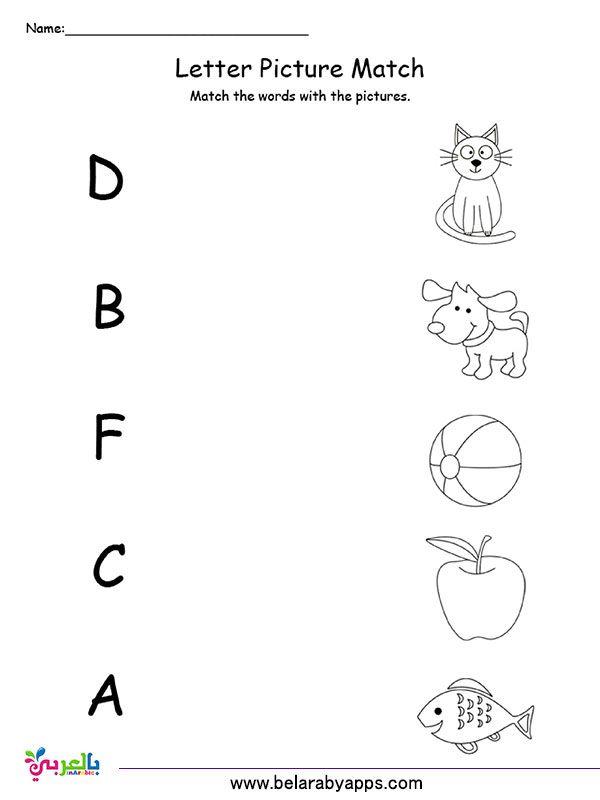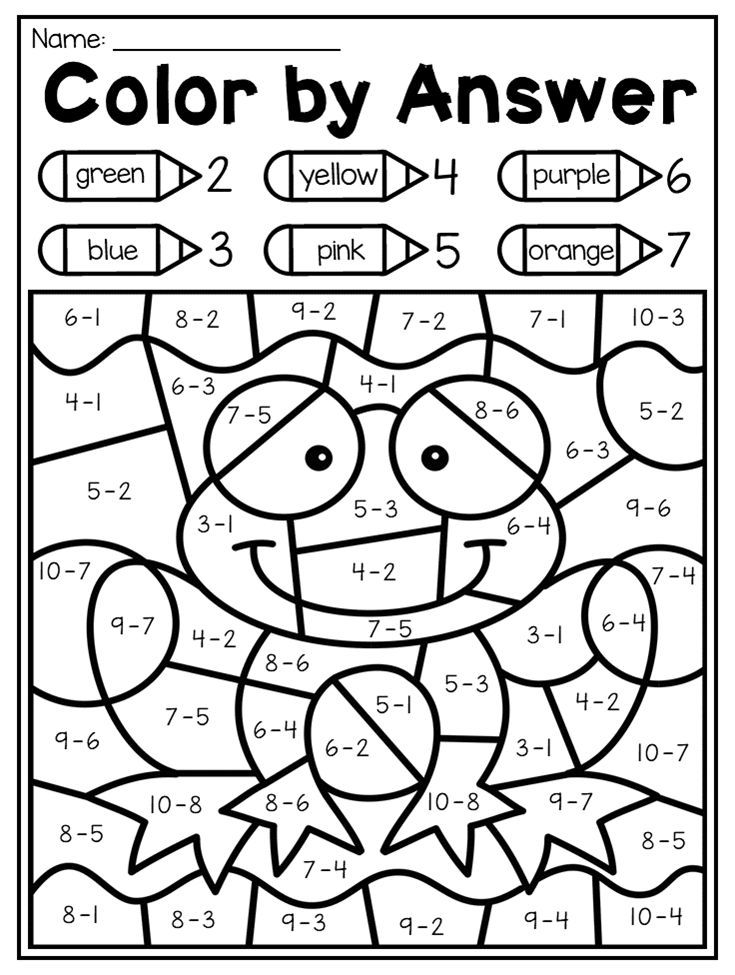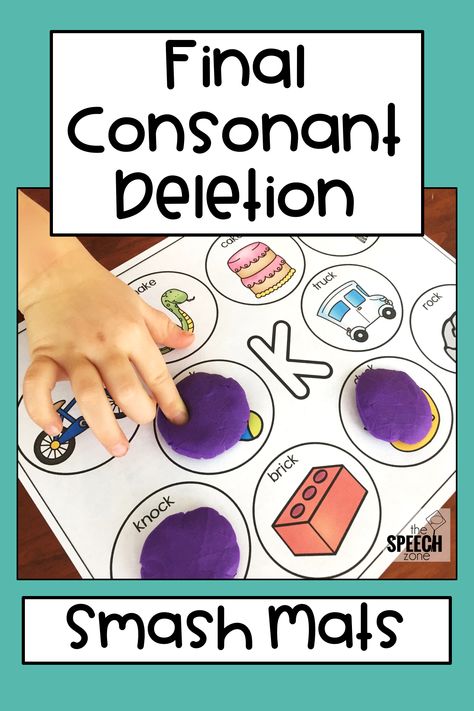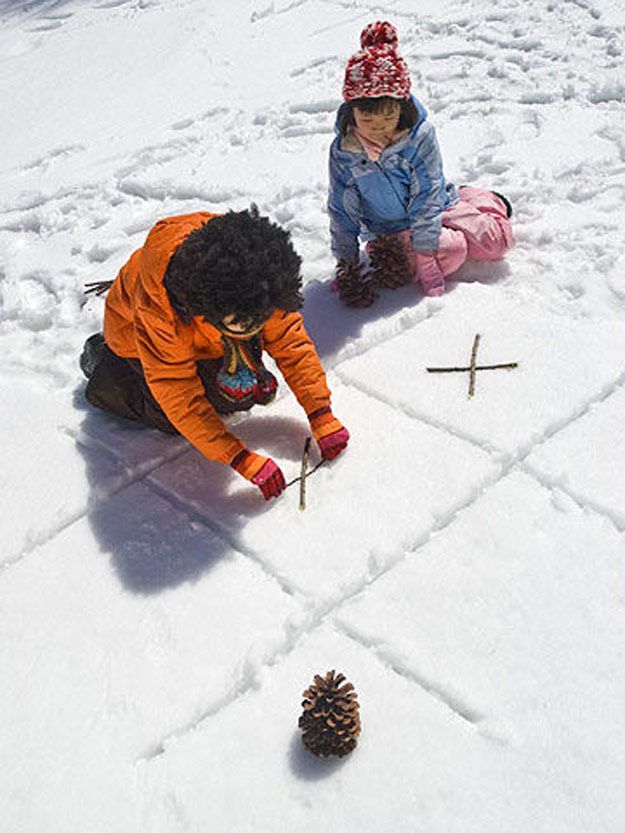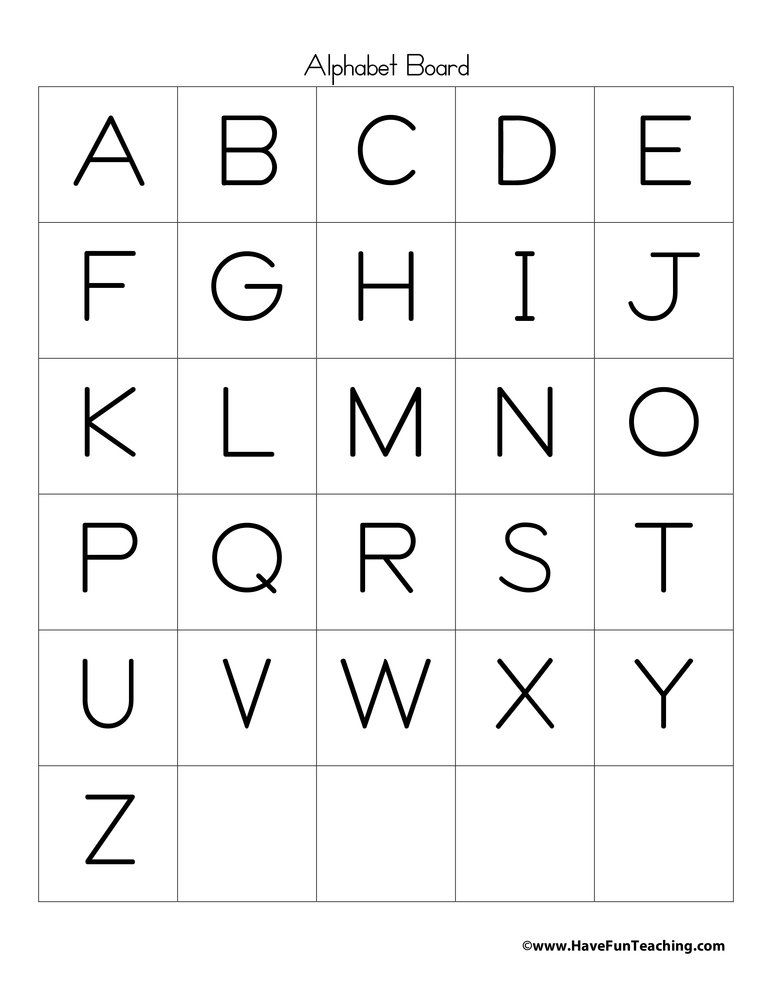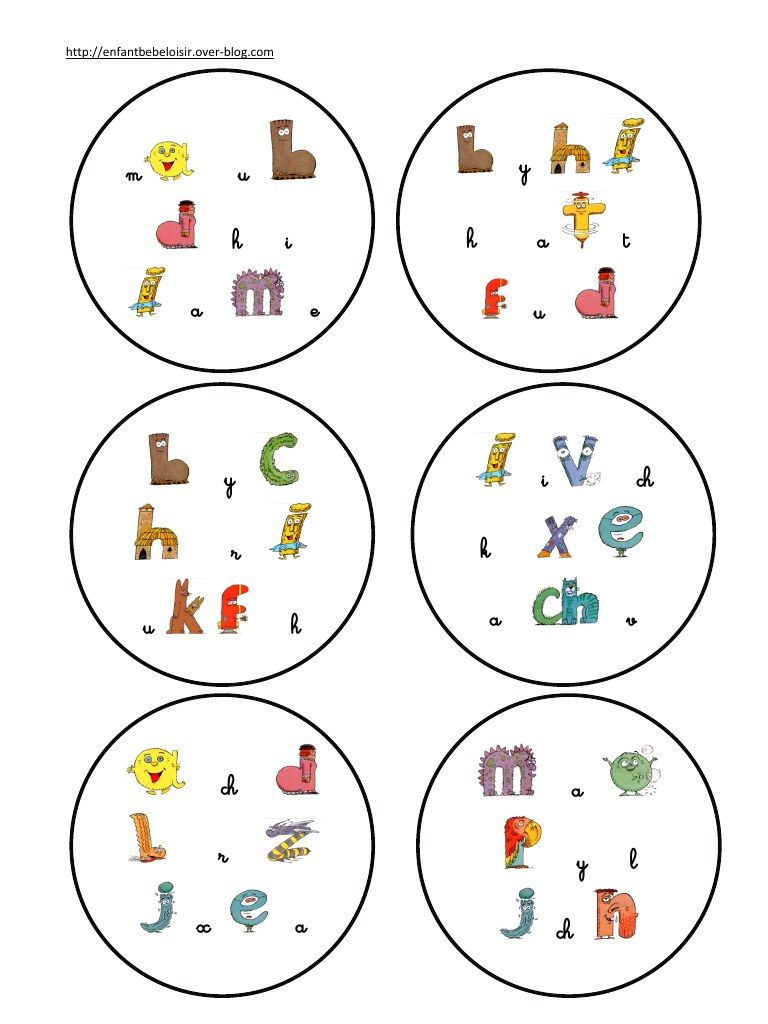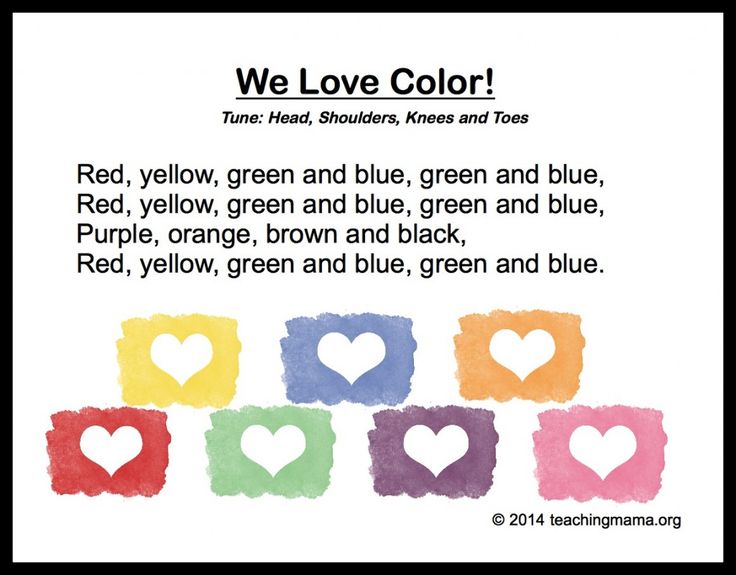List of colours for kids
A to Z Kids Stuff
Colors
Choose your Color
Brown, B&W, Blue,
Green, Orange, Yellow
Purple, Red, Color Mixing
Colors
Fingerplays/Songs
A Song of Colors
tune: Mary had a little lamb
Susan wore a yellow shirt, yellow shirt, yellow shirt,
Susan wore a yellow shirt to school today.
Form a circle and have each child come to the center as you call the child's name and what he/she is wearing.
Wearing Colors
If you have on red- touch your head
If you have on blue- touch your shoe
If you have on green- make a face that's mean If you have on yellow- say "Hello"
If you have on orange- say "Good-bye"
If you have on brown- turn around
If you have on black- make your hands go smack
If you have on purple- pop up!
Group Time
Color Houses
Need: Felt pieces- 6 different colors, brown felt
Cut the six different felt pieces into houses- about 4-6 inches big (big enough to hide a mouse under). Cut the brown felt into a mouse. Using a felt board hide the mouse under a colored house without the children seeing and have them guess the color the mouse is under. Have them say the names of the colors.
Contributed by: Natasha
A mouse shape is half a heart shape with a circle for an ear and a thin piece of felt for a tail.
Art
Color Book
Do one page for each color you work with. On each page, have children draw a line or a picture with a crayon of the color, glue a piece of material or yarn of the color. Cut out objects of different shapes and the color you are working on. Have the children pick out and glue the pictures onto the color page.
Save each page, and when there are several compile them into a book. Punch out holes and fasten the book together by tying rainbow ribbon or yarn through the holes.
Science/Math
Ribbon Color Game
Place a variety of single-colored ribbons in a basket. Let each child select a ribbon.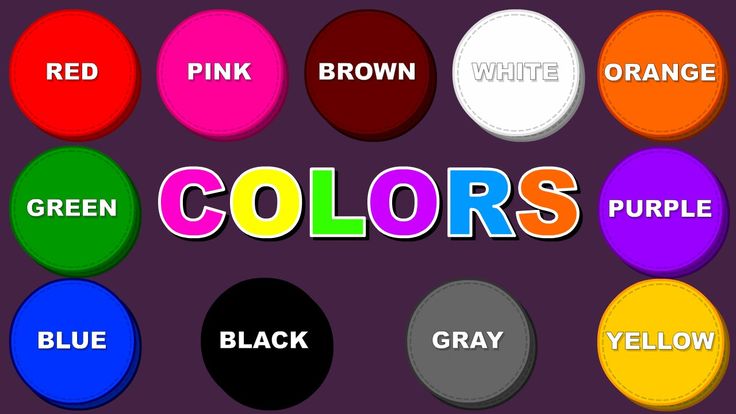 Help the children look around the room for objects that are the same color as their ribbons. When they find a matching object, have the children place their object and their ribbon by the basket.
Help the children look around the room for objects that are the same color as their ribbons. When they find a matching object, have the children place their object and their ribbon by the basket.
Tips
Transition: Have children line up by the color that is called.
Primary colors are red, blue, yellow.
Secondary colors are made by mixing primary colors.
Secondary colors are purple, green, and orange.
Learning Centers
Colored Magnifier
Need: colored cellophane, file folders, glue
On a folded file folder trace a magnify glass shape - that way you will cut out two magnify glass shapes. Keep the handle wide. Cut a circle out in the middle of the magnify shapes, keeping the border thick
Open magnify shapes. Cut out a square of colored cellophane and place glue dots around the circle you cut out, place cellophane over the circle area. Dots of glue on one of the magnify shapes and glue both magnify shapes together.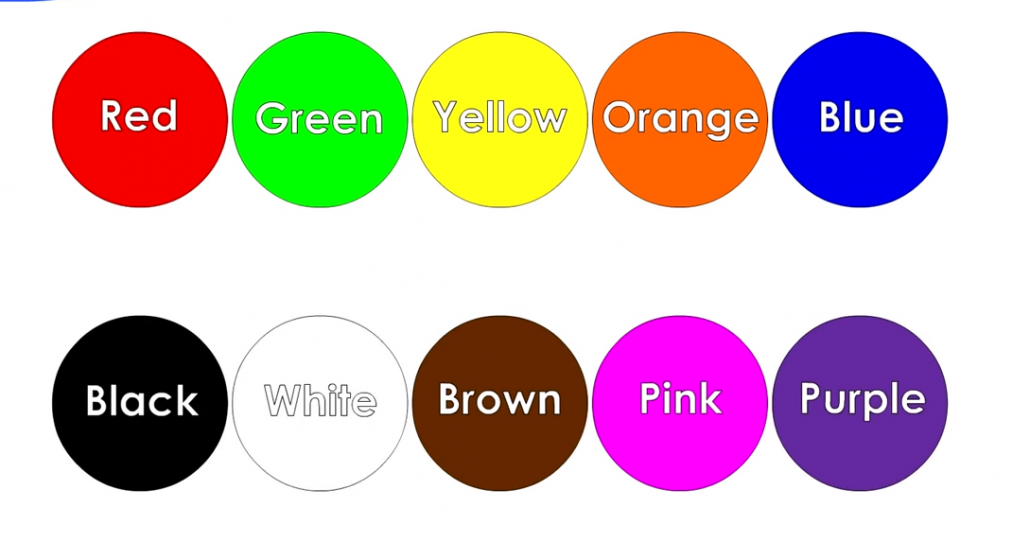 Place on your science table. Children love holding this up and looking through it.
Place on your science table. Children love holding this up and looking through it.
Brown
Brown color word with rhyme coloring page worksheet.
Story activities and printables for "Brown Bear Brown Bear What Do You See?"
Black and White
Art
Black and White
Need: Various colors of items that are black and white.
Provide black and white paper, scissors, and glue, and invite children to use the materials to make collages. Later, add black and white markers, crayons, chalk, and/or paints. Encourage children to experiment with the strong contrasts of the colors. Consider creating a "Black and White" display by covering a bulletin board with black and white construction paper, then hanging children's creations.
Math
Domino Trails
Need: dominos or blocks
Children can work in pairs. Ask them to experiment with lining up three or four blocks (like dominoes), so when they gently push the first one, all the blocks fall in succession.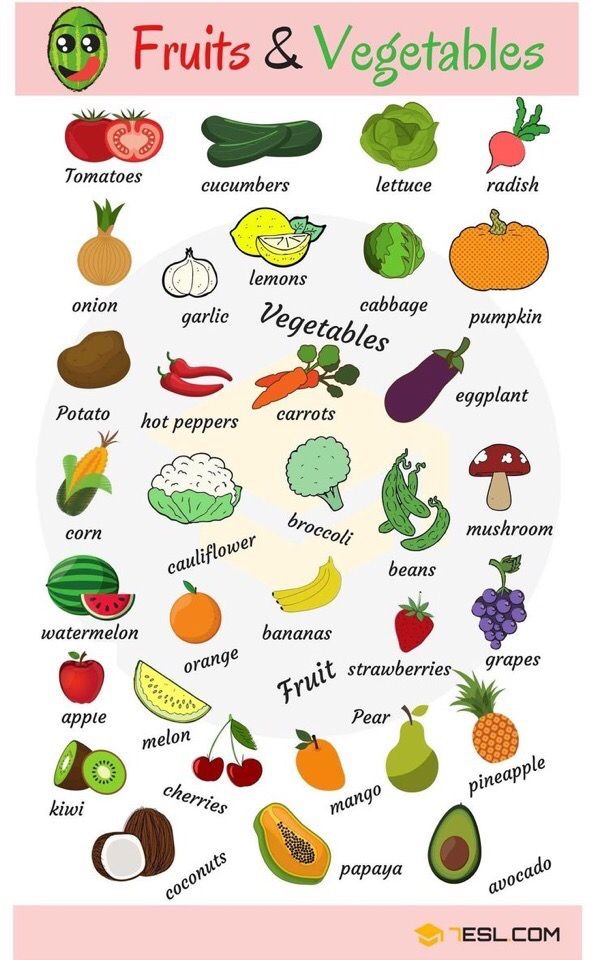 Encourage children to work and plan with their partners.
Encourage children to work and plan with their partners.
Snack
Snack Ideas
chocolate/vanilla cookies, milk, white bread, popcorn, marshmallows, raisins.
Blue
Blue color word with rhyme coloring page worksheet.
Fingerplays/Songs
Finding Colors
tune: "The Muffin Man"
Oh, can you find the color blue,
The color blue, the color blue?
Oh, can you find the color blue,
Somewhere in this room?>
I See Blue
(tune: Frere Jacques)
I see blue, I see blue.
Yes, I do. Yes, I do.
I see a blue block,
I see a blue crayon.
I see blue. Yes, I do.
Repeat, each time letting the children substitute the names of blue items that they see for "block" and "crayon."
Art
Sponge Painting
Using sponge pieces, thick blue paint, and sheets of light blue paper. If desired, clothespins can be clipped on the sponges and used as handles.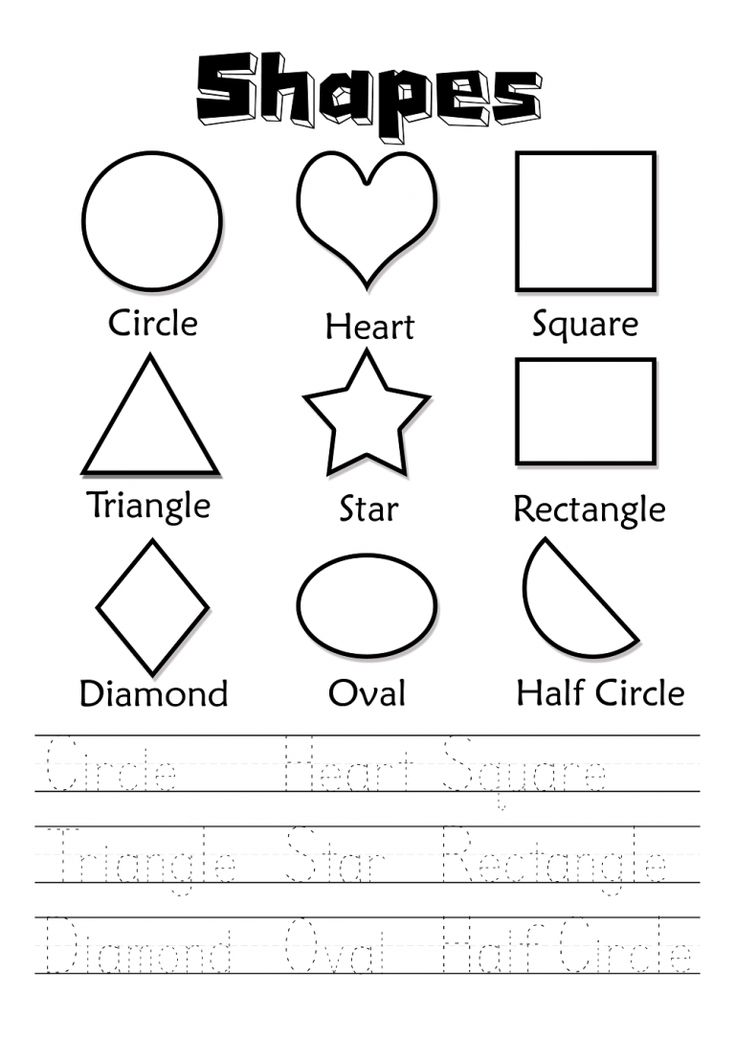 Have children dip the sponge into blue paint and print on light blue paper.
Have children dip the sponge into blue paint and print on light blue paper.
Learning Centers-Sensory Table
Blue Goop
Make goop. Add blue food coloring when mixing ingredents.
Story
Blueberries for Sal
by Robert McCloskey
Blueberries for Sal
Kuplink, kuplank, kuplunk! Sal and her mother a picking blueberries to can for the winter. But when Sal wanders to the other side of Blueberry Hill, she discovers a mama bear preparing for her own long winter. Meanwhile Sal's mother is being followed by a small bear with a big appetite for berries! Will each mother go home with the right little one?
Video
Science
Blue Windows
Place blue colored cellophane or acetate sheets over some of the windows. It is fun to look out the windows and see a blue world
Snacks
Cream Cheese and Crackers.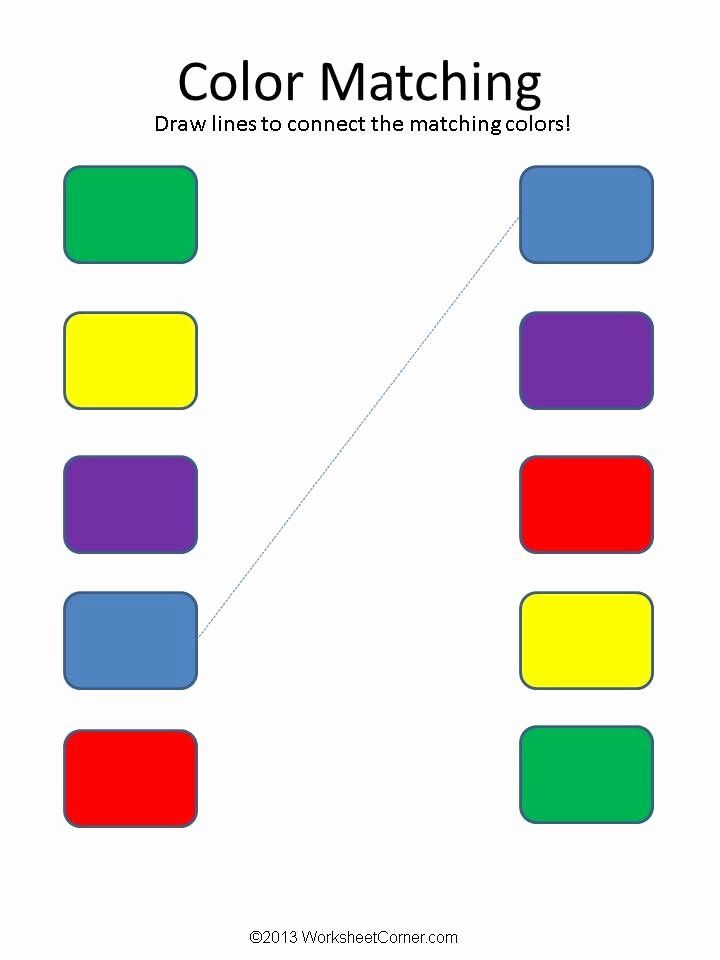 Tint cream cheese blue with food coloring and spread on crackers.
Tint cream cheese blue with food coloring and spread on crackers.
Other Snack Ideas: blue popcorn balls, blue milk(food coloring), blueberries.
Group Time
Eye Color
Prepare an eye color chart with the children. On the chart list the colors: blue, brown, and green. Under each category, record the children's names who have that particular eye color. Extend the activitiy by adding the number of children with each color.
Share
Share
Follow Us
Share
Introduction to Color
Introduction
Color and color theory form the foundation of art as well as design. Gifted children are often tuned in to the aesthetic nature of things at an early age and can appreciate the nuances of color, as well as the way colors are blended, tinted and shaded.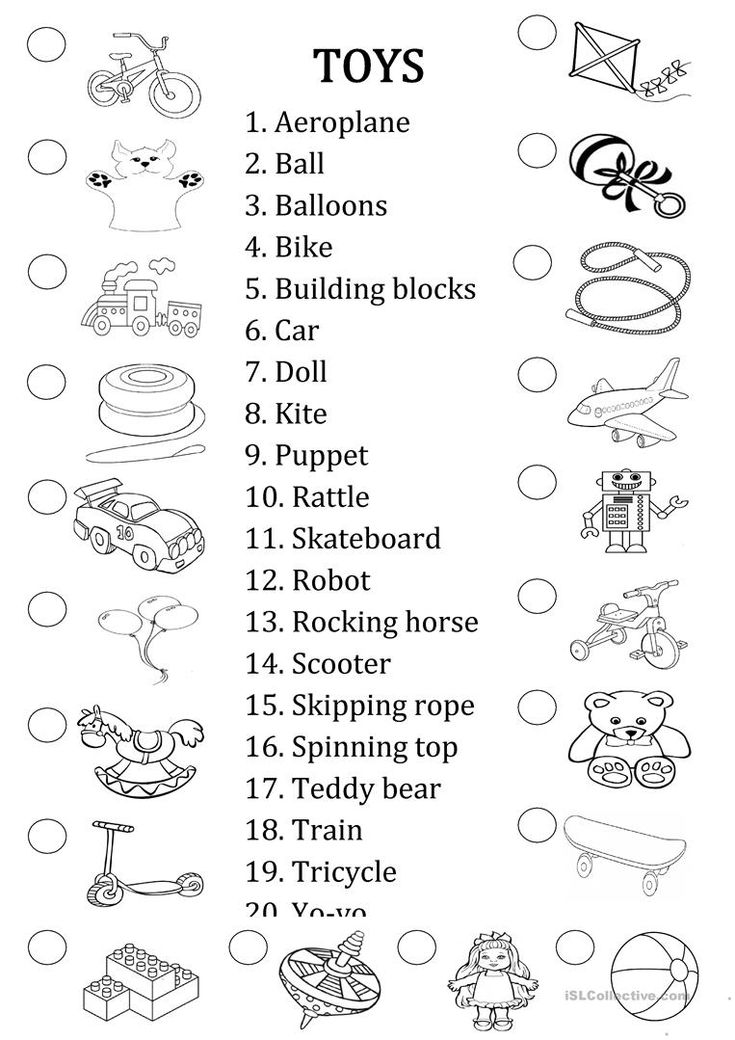
Guiding Questions
What is color? How do we represent and create color?
Learning Objectives
After completing this project, students will be able to:
- Identify color terms using the academic vocabulary of the discipline
- Evaluate the use of color in fine art painting
- Create a reverse color scheme of a painting
- Design an "eye spy" activity for a painting, focused on the use of color
- Conduct independent research on color and analyze that research
Lesson 1: Introduction to color
Look at this picture. What colors do you see? List the three colors you think are most easily visible in this painting.
How about this one? What colors do you see here? List the three colors you think the artist used most in this painting.
Three things to know about COLOR:
- Color is a way that we describe an object based on the way that it reflects or emits light.

- Your eye can see different colors because a part of your eye called the retina is sensitive to different wavelengths of light.
- Humans are what is called "trichromats," meaning our retinas have three different kinds of cells that can receive color. Those cells are called cones.
What is your favorite color? What do you think the most common favorite color in the world is? (Scroll down further to find the answer.)
To organize colors and show their relationship to each other, we use a color wheel. This shows the colors and how they are related to each other.
On a traditional color wheel, three colors are called primary colors. From these three colors, all of the colors on the color wheel can be made. The three primary colors on the traditional color wheel are red, yellow and blue. Can you find the primary colors on this color wheel? (Blue is the most popular color in the world.)
Lesson 2: The language of color
Like many disciplines, color has its own vocabulary.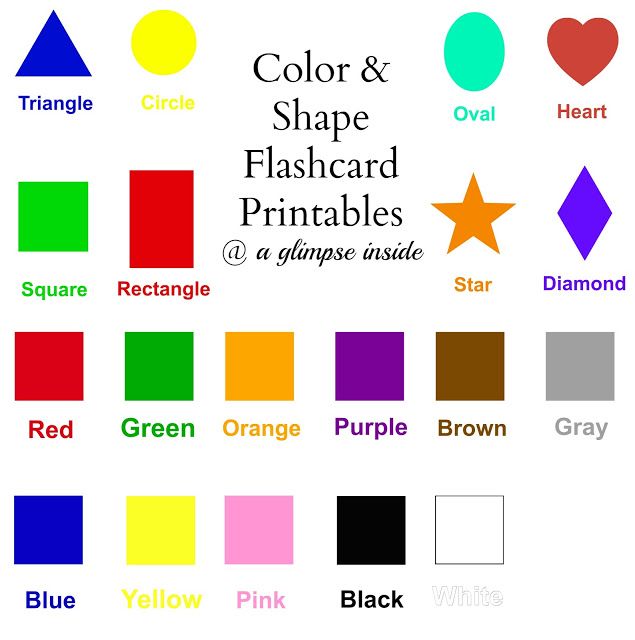 Watch the video below for an introduction to the language of color. Next, take the pre-assessment to see how much you already know about color's words.
Watch the video below for an introduction to the language of color. Next, take the pre-assessment to see how much you already know about color's words.
Color Vocabulary Pre-Assessment
The chart that shows the relationship of different colors to each other is called the (1) _______________________. Instead of the word "color," one could also use the three-letter word (2) ________.
The three colors from which all other colors are made are called (3)________________ colors, and they are (4)__________, ____________, and ____________. Colors that are created by mixing equal parts of the colors above are called (5) _____________________ colors, and they are (6) _______________, _______________, and ____________________. Colors that are created from equal parts of each of the two kinds of colors above are called intermediate or (7)________________________ colors.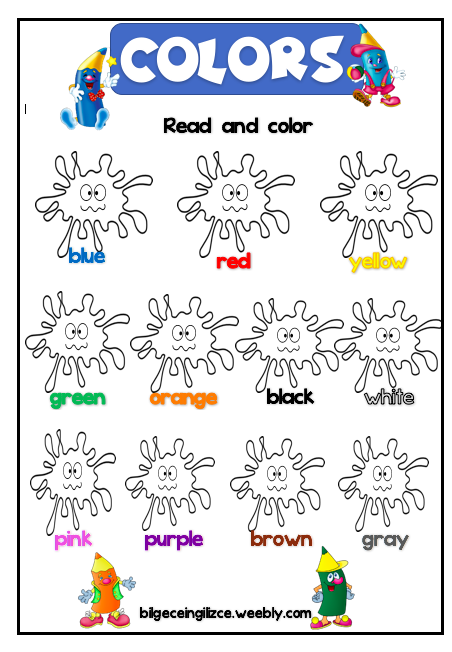 When describing these colors, place the (8) ________________ color first.
When describing these colors, place the (8) ________________ color first.
Colors that are next to each other on the color wheel are called (9)___________________. Colors that are opposite to each other on the color wheel are called 10)_______________. When these colors are placed next to each other, they make each other seem (11) ____________________. When mixed equally, they create muddy tones like black, gray, and brown.
If you add white to a color, that is called a (12) ______________. If you add black to a color, that is called (13)_________________.
If something only uses one color, it is called (14)______________________________.
If something uses more than one color, it is called (15) _________________________.
If something is completely lacking in color, it is called (16)_______________________.
The colors on the green/blue/violet side of the color wheel are called (17) ___________. The colors on the red/orange/yellow side of the color wheel are called (18) __________.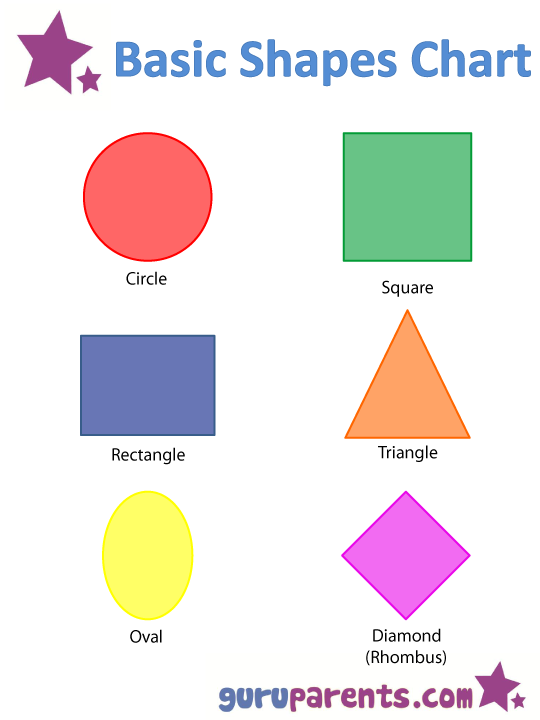
When completed, check your answers. If you got at least 14 of the 18 correct, move on to Lesson 3 below. If you didn't, read more about basic color theory before you move on.
Lesson 3: Finding the colors
In the pictures below, you will find examples of many of the colors on the color wheel. Answer the questions that go with each picture.
This painting, called Landscape at Ceret, was painted by the Spanish artist Juan Gris.
In the painting, identify six places where you see the three primary colors. Then, identify two places where you see two primary colors next to each other. Place a checkmark on two places you see a primary color adjacent to a secondary color. Circle a place you see a shade of blue. Circle a place you see a tint of green.
This painting, Le Rifain assis, was painted by the French artist Henri Matisse.
This painting has a very narrow color palette.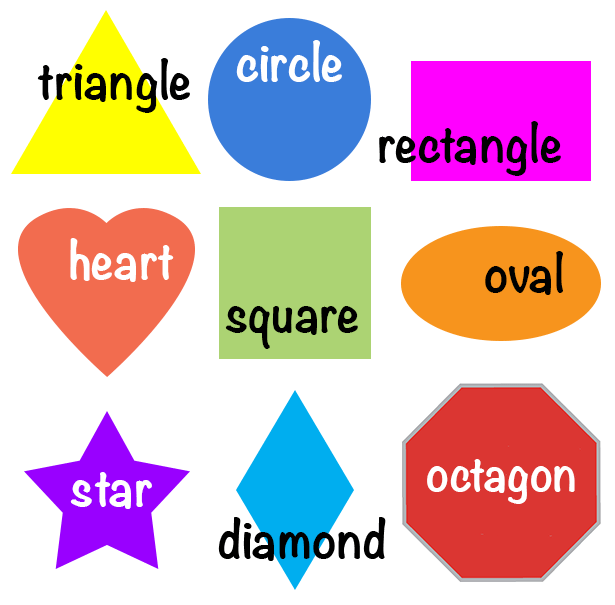 List the colors you see in the painting and identify them as primary (p) or secondary (s) or neither (n).
List the colors you see in the painting and identify them as primary (p) or secondary (s) or neither (n).
Below, you will find this same painting in black and white. Using colored pencils, crayons, or fine tip markers, color in the painting. Instead of reproducing the colors the way you see them in the painting on the previous page, select a complementary color (remember that those are opposite each other on the color wheel). For example, where you see green, color a corresponding shade or tint of red, and where you see blue, color in orange. Use Adobe's color wheel to find the complementary color — just spin the wheel until you see the color you are looking for, and its complement will be on the other side.
What did you notice in doing this exercise about how the feeling of the painting changed? Is the painting happier? More sad? Darker? Lighter?
In this painting by Johannes Vermeer called Girl with a Pearl Earring, the color palette is very limited, yet in an entirely different way from the Matisse painting shown before.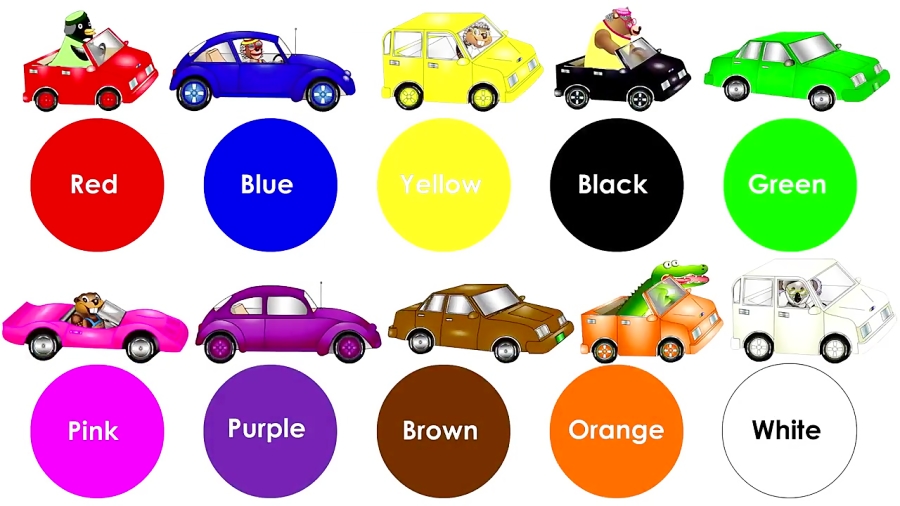
Originally, the dark background had a green glaze over it, but this is no longer visible. Imagine what the color green would have looked like next to the colors you can see now. Where do you think it would have made more difference, in the skin or the clothing?
Art historians have found that Vermeer used 11 pigment colors in this painting:
- white lead
- brown ochre (raw umber)
- yellow ochre
- charcoal black
- bone black
- vermilion (a red with an orange undertone)
- ultramarine (lapis lazuli)
- red madder
- indigo (deep, clear blue)
- red ochre
- weld (yellow)
This painting shows how complex color can become. Painters do not simply load their brushes with a color and add it to the canvas; they mix the colors on a palette first. Additionally, some of the colors Vermeer used are no longer visible. This can make it hard to detect the colors in the painting, but you may be able to see some of them.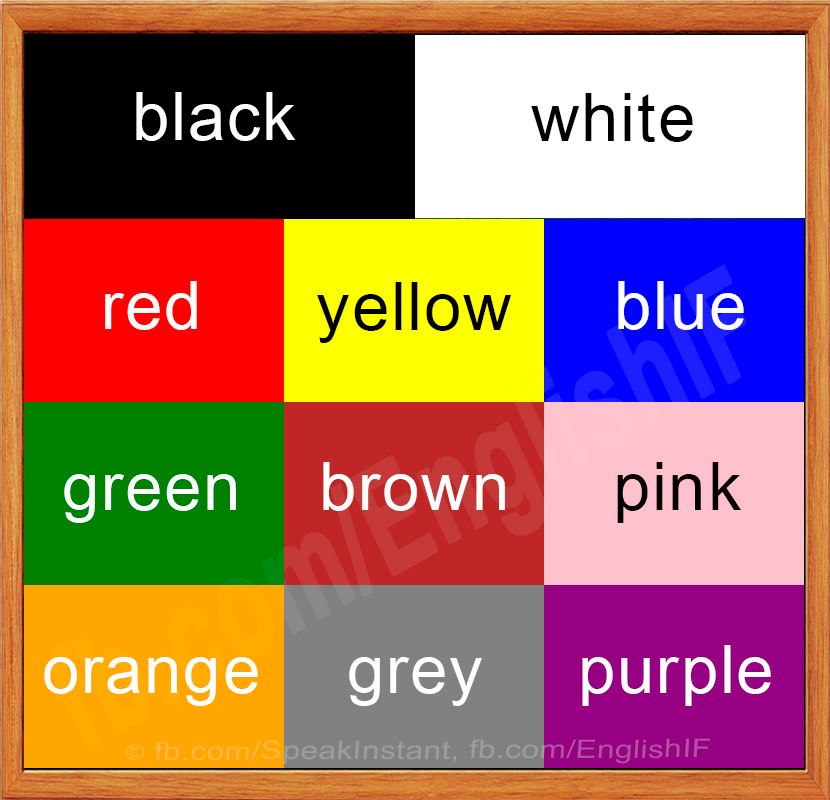 Knowing these things, what colors from the pigments listed above do you think you can find? It may help to to take a closer look at the painting.
Knowing these things, what colors from the pigments listed above do you think you can find? It may help to to take a closer look at the painting.
Although the painting looks simple, upon close examination, it is a complex blend of colors. Create an "eye spy" activity for the painting, using this rubric. You may look at the National Book Fesitival for an idea (look at the poem at the bottom for an example of a rhyming, poetic form).
Lesson 4: Color research
Conduct a small research study on people's favorite colors. With help from your teacher or parents, identify four people you can interview. You will ask the questions below, and one more that you create (add that to the last, blank line).
Good research etiquette is that you will not interrupt, not share your own opinion to agree or disagree with the responses, and thank the person sincerely for his/her time.
Analyze your data. Did any patterns emerge of favorite or least favorite colors? Were the favorite colors of the people you interviewed stable or had they changed?
Add up the total number of the estimated color names and divide by four to find the average number of colors your interviewees think they can name.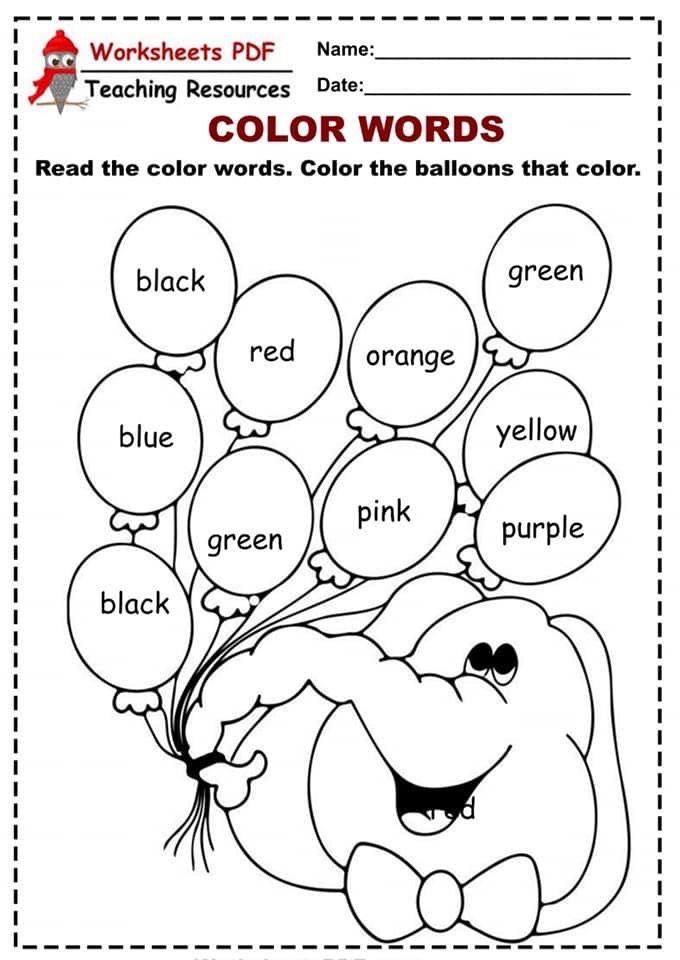 How many of the favorite colors were primary colors?
How many of the favorite colors were primary colors?
How did your findings compare with what we know about the most popular color in the world? How many were secondary colors? What in your findings surprised you? What did you discover in the responses to the question you created? Let this rubric guide you.
Assessment
Lesson 1:
- Sunflower picture: Reasonable responses include blue, yellow, green, brown, and beige.
- Oceanscape: Reasonable responses include any combination of red, blue, white, or green.
Lesson 2: Color Vocabulary Pre-Assessment Key:
- color wheel
- hue
- primary
- red, yellow, blue (no order necessary)
- secondary
- green, orange, violet (no order necessary)
- tertiary
- primary
- analogous
- complementary
- brighter
- tint
- shade
- monochromatic
- polychromatic
- achromatic
- cool
- warm
Lesson 3: The initial activities in this lesson are subjective, to a great extent. If you desire to assess, look for full and reasonable responses. The rubric for the Eye Spy activity is included in the section.
If you desire to assess, look for full and reasonable responses. The rubric for the Eye Spy activity is included in the section.
Lesson 4: The rubric for the independent research is included in the section.
Extension
Read It!
Young Readers:
- The Color Kittens by Margaret Wise Brown
- Celebrity Cat: With Paintings from Art Galleries Around the World by Meredith Hooper
- Mouse Paint by Ellen Stoll Walsh
- Museum Trip by Barbara Lehman
- Color Dance by Ann Jonas
- White Rabbit's Color Book by Alan Baker
Older Readers:
- Color Theory: An Essential Guide to Colorby Patti Mollica
- Pantone: The Twentieth Century in Color by Leatrice Eiseman
Surf It!
- Practice mixing colors on your computer (UK only)
- Make a rainbow of color with milk
- Test your color vision
- Read about the history of the color wheel
- Read about people who see colors differently
- Learn more about Vermeer and Girl with a Pearl Earring at:
- essential vermeer 2.
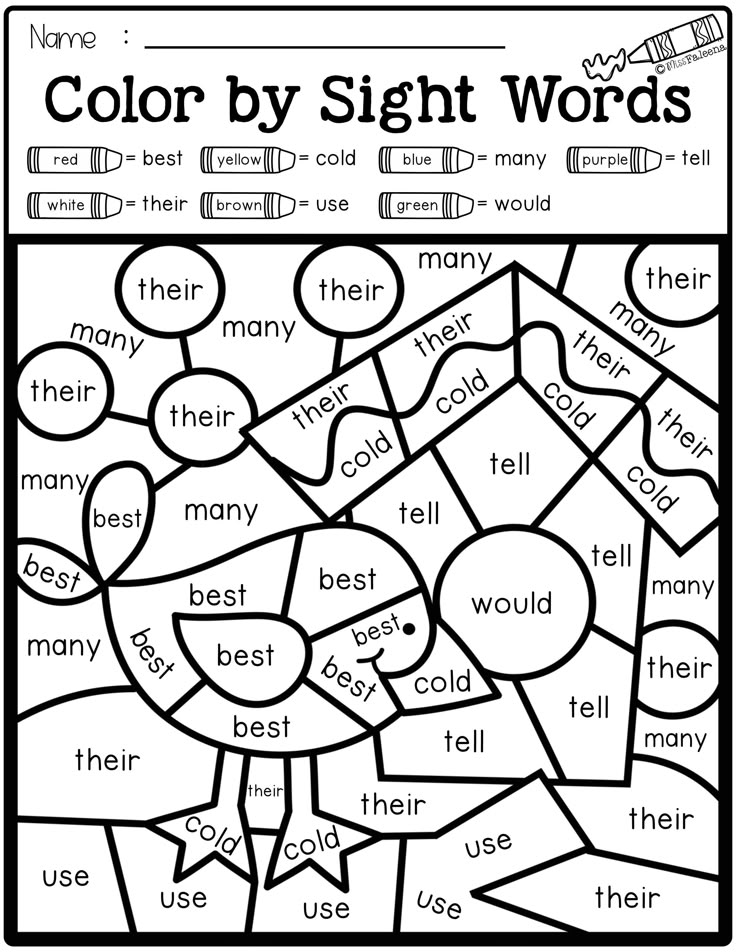 0
0 - Mauritshuis.nl
- girl-with-a-pearl-earring.info/
- essential vermeer 2.
Flowers and herbs in pictures, tasks, poems and stories for children.
Field and meadow flowers: stories and fairy tales about flowers for children, educational tasks, speech games, poems, pictures. Children about fragrant herbs. Informative video for preschoolers and younger students.
In the summer we go out of town - on hikes, to the country house, to rest. And around we see many different flowers and herbs. But can we always tell children about them and answer their questions. Unfortunately, it often happens that the baby is well aware of the exotic "chocolate tree" or "marmalade tree", but the cornflower and bluebell do not recognize in nature, and the amazing secrets of his native nature are closed to him. But the nature surrounding us in Russia is so beautiful! nine0007
Let's go on a journey together to the realm of wildflowers and meadow flowers.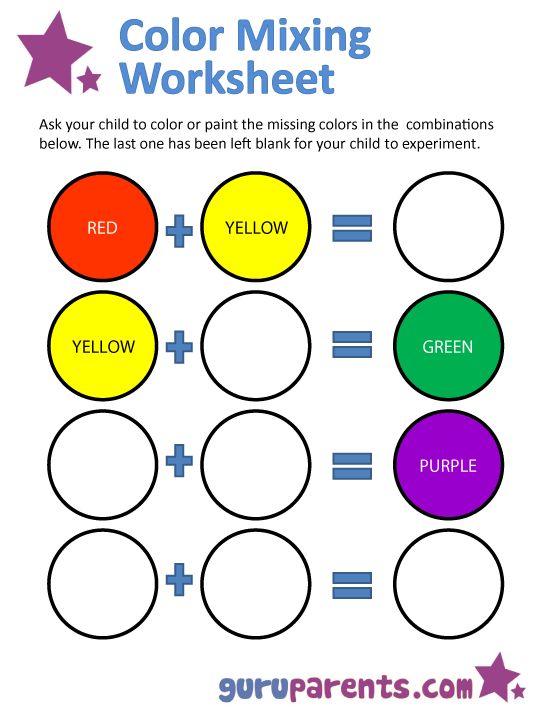 And tell our kids about them.
And tell our kids about them.
You will find additional material for this article - summer riddles about plants in the article "Riddles"
Encyclopedia of flowers for kids
In this article you will find a lot of interesting material about flowers and herbs for children. No need to tell the child immediately about all the plants. After all, the main task is not to fill the baby with information, but to awaken his curiosity. to teach to ask questions, think, draw conclusions, experiment, find relationships. These are the tasks you will find in this article. nine0007
First, during the walk, find the flowers that your baby encounters most often and introduce them to them. Give your child the opportunity to see the amazing in the inconspicuous and familiar! This is a completely different view of the world - the view of a Homo sapiens, a Man - a creator, a Man - a researcher and an artist!
It is very important that the child sees the plant in nature, and not only in the picture or in the video, so that he carefully and gently strokes the leaves, the stem, smells the flower, observes the insects that circle around the flower and sit on it.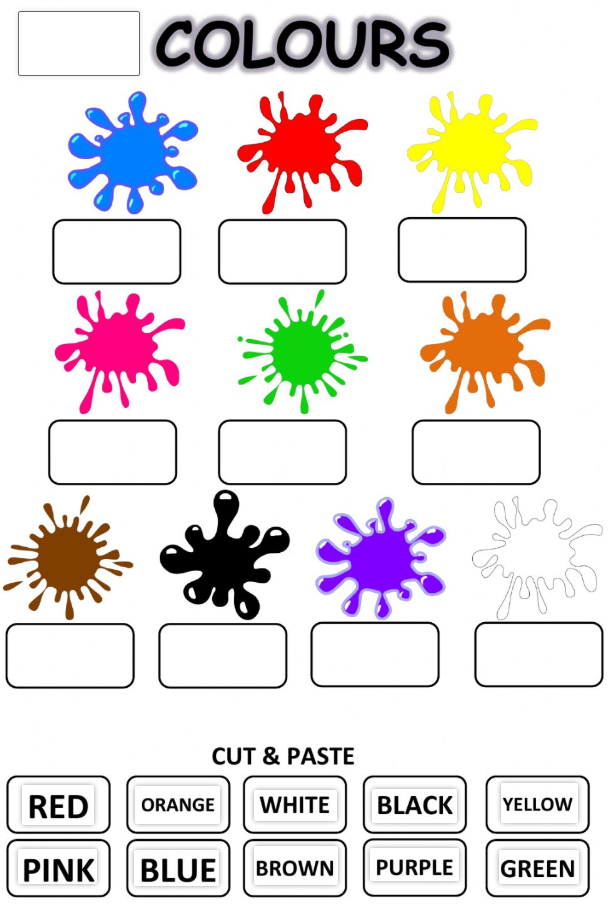 These are the life experiences that nothing can replace! nine0007
These are the life experiences that nothing can replace! nine0007
Review with your child some meadow or wildflowers (2-5) that you can find. Ask the child:
- What do all of them have in common? (These are flowers. They have a root, a stem, leaves, a flower - name these parts of a flower).
- Why does a flower need a root? What will happen to the flower if it is left without a root?
- Why do flowers need stems? Leaves? Seeds?
- How are flowers different from trees? From bushes?
- How do these flowers differ from each other? (How do their stems differ? Leaves? Flowers? in size, shape, arrangement, color). nine0030
Come up with a riddle describing flowers with your child. Write them down in a beautiful notebook or album. guess friends and relatives. It is good if you make a whole guidebook with pictures about flowers and enter riddles invented by the baby into it.
Coming up with a riddle about a flower is very easy.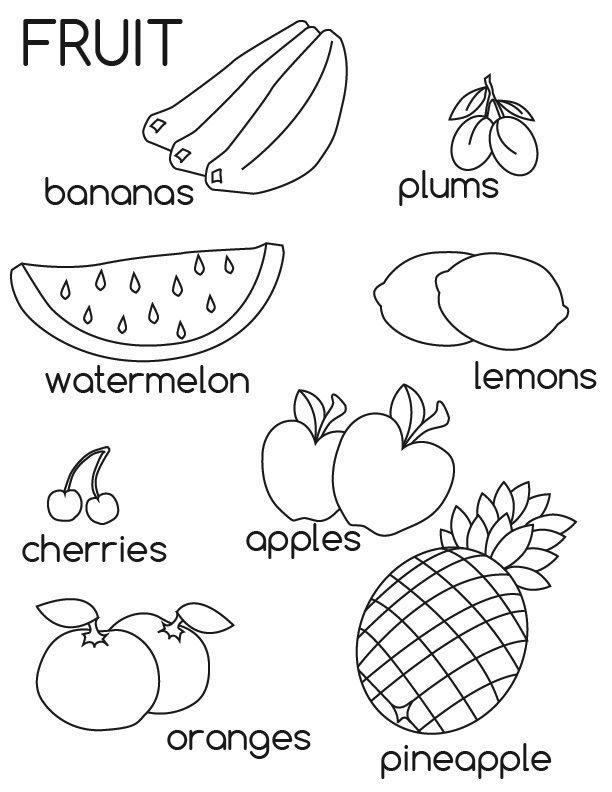 Lay out 3 pictures with flowers in front of the baby. And ask him to describe one flower so that you can guess what it is. The rule - you can’t name the name of the flower, it’s a mystery! Examples of pictures: for children 4-5 years old - chamomile, cornflower, clover. For children 5-7 years old: cornflower, chicory, bluebell (all flowers are blue, so they are more difficult to describe). nine0007
Lay out 3 pictures with flowers in front of the baby. And ask him to describe one flower so that you can guess what it is. The rule - you can’t name the name of the flower, it’s a mystery! Examples of pictures: for children 4-5 years old - chamomile, cornflower, clover. For children 5-7 years old: cornflower, chicory, bluebell (all flowers are blue, so they are more difficult to describe). nine0007
- What kind of stem does the flower have (thick or thin, straight or curving. Branched.
- What kind of leaves does the flower have (large or small, narrow or wide, sharp or with rounded edges).
- What kind of flowers does the flower have (what color, size, shape, what is the center of the flower, where are the flowers located, how many of them are there on the plant)
- What else do we know about the flower (how it is used, fairy tales about the flower, where it grows, etc.)
Find your bearings in the world educational videos for children, as well as stories, tasks, pictures from this article will help you and your kids discover their secrets.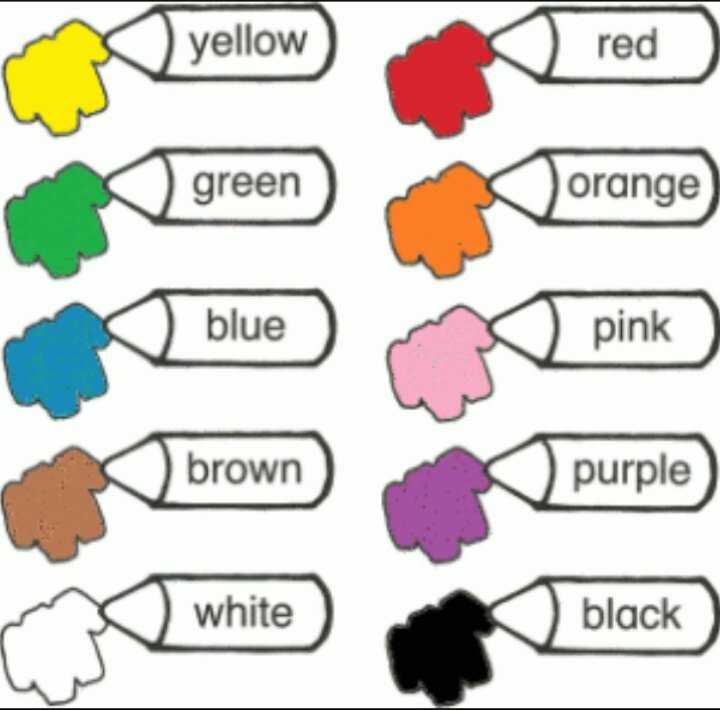 0007
0007
Educational video for children "Meadow herbs": children about native nature
Educational video for children "Meadow flowers": getting to know plants in summer
Stories about meadow and wild flowers in pictures for children
meadowGeranium grows not only at home on the windowsill. It also grows in the meadow. The geranium that grows in the meadow is called... what do you think? If it grows in meadows, then what is it like? Meadow-way. It's meadow geranium. What color are the flowers of room geranium in our house? And meadow geranium flowers (bluish-purple). What is the difference between our indoor fragrant geranium and meadow geranium?
Meadow geranium blooms very little - only two days! But she has a lot of flowers, so it seems to us that geraniums bloom for a long, long time.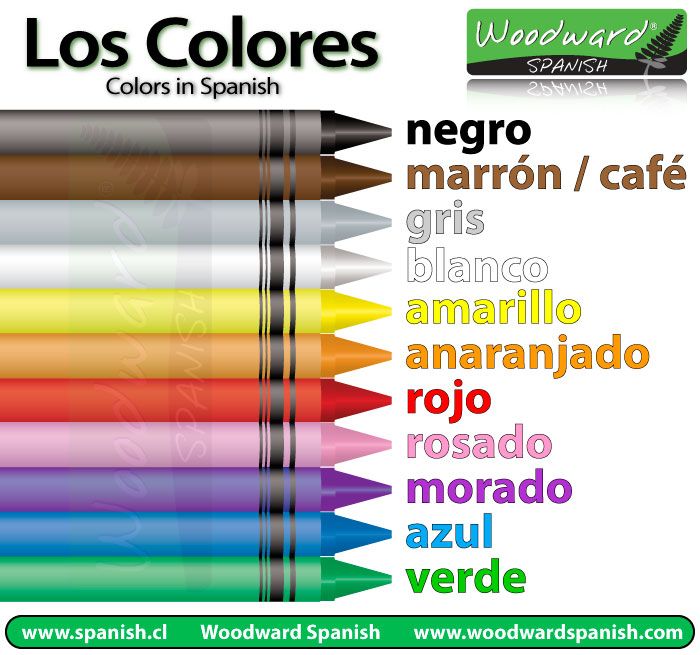
Meadow geranium flower with five petals. The edges of the petal are rounded, even. Several stems grow from one root. nine0007
Geranium pollen is very popular with various insects and crawling bugs. But geranium is an amazing flower. She does not give her pollen to bugs, but saves it for bees and butterflies. How does she protect herself from bugs? What do you think? Let the kid come up with his own version - try to find the answer to this question. It turns out that the stalk near the geranium flower is covered with a sticky liquid. And the bugs just can't crawl through it. But it does not interfere with butterflies and bees. Why? Let the kid find the answer to this question, make a guess. Even if he did not guess correctly, encourage him for not being afraid to think and express his opinion. That's right, because bees and butterflies fly and sit on the flower from above! And this sticky liquid on the stalk at the bottom of the flower does not bother them at all.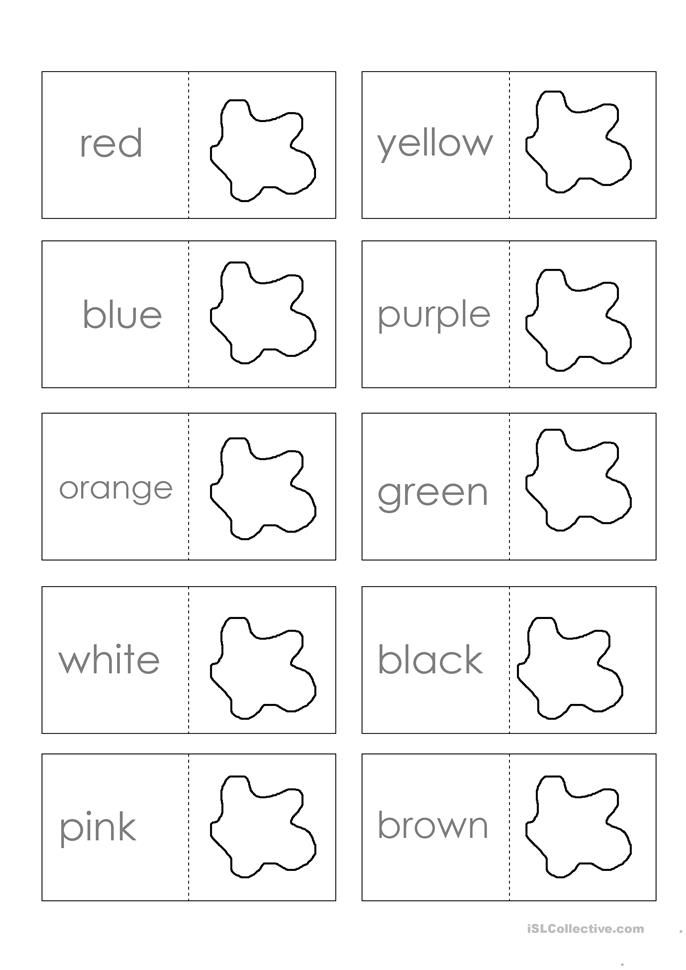 If the baby is not clear, then cut out the silhouette of a butterfly from paper and show how it sits on the palm of your hand - a flower. She does not crawl along the stalk, but sits on top and does not touch this sticky substance. nine0007
If the baby is not clear, then cut out the silhouette of a butterfly from paper and show how it sits on the palm of your hand - a flower. She does not crawl along the stalk, but sits on top and does not touch this sticky substance. nine0007
Another name for geranium is crail. What word does it look like? That's right, the word crane, crane. How is a geranium similar to a crane? Look at the fruits of geraniums. They appear closer to autumn, when the geranium has faded. What does this fruit look like? Yes, the fetus has a long beak, like a crane. Therefore, they also call meadow geranium crail.
As soon as such a fruit with a beak near a meadow geranium ripens, seeds will fall out of it. Where they fall, new geranium meadow plants will grow next year. nine0007
Geranium is a medicinal plant. Meadow geranium gruel was applied to snake bites, changing it every 10 minutes, and it helped both people and animals a lot.
Dandelion
Dandelion is known to all children and adults.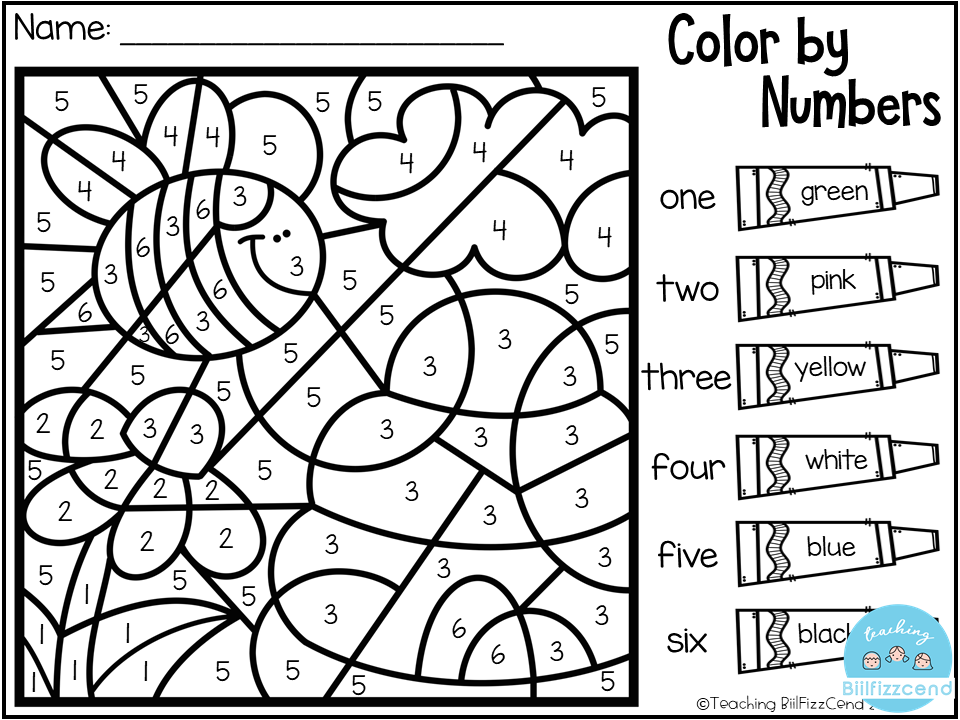 And they know its peculiarity - this flower is first yellow, and then white with many parachutes with seeds.
And they know its peculiarity - this flower is first yellow, and then white with many parachutes with seeds.
Wears a dandelion
Yellow sundress.
When he grows up, he will dress up
In a little white dress.
Light, airy,
Obedient to the breeze (E. Serova).
The sun has dropped
Golden ray.
Dandelion has grown
First, young!
He has a wonderful
Golden color,
He is a big sun
A small portrait! (O. Vysotskaya)
Why are dandelions called “a small portrait of the sun” in the poem? How would you call them? They are yellow like... (like what?)
Did you know that dandelion can predict weather? Guess how he does it? How can he tell us that it will rain soon? The dandelion does not know how to speak like a person, but it tells us in its own way: it closes its petals and lowers its head. And if the dandelion is already white, then before the rain it folds its parachutes - it hides from future rain.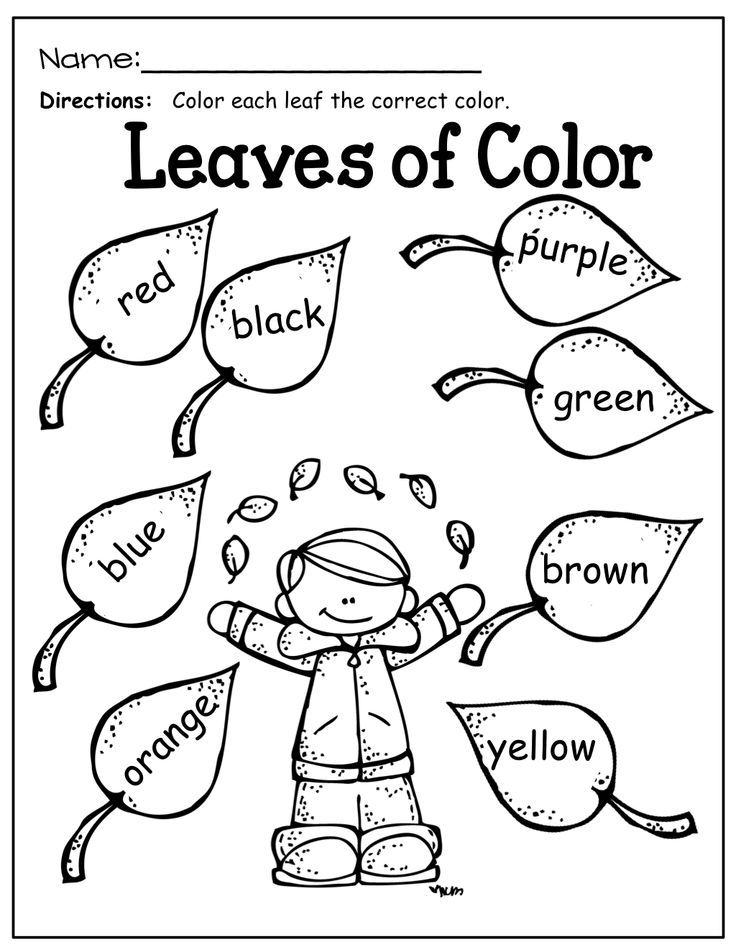 And he says to us: soon the rain will begin. nine0007
And he says to us: soon the rain will begin. nine0007
Dandelion is a very useful plant:
- Dandelion is used to make jam! Yes, real honey. So it is called "dandelion honey". But for such a jam, you need to collect flowers very far from the city and from the roads. How do you think why?
- Dandelion roots are dug up in autumn and used to treat various diseases. After all, dandelion is a medicinal plant, people were treated with it in antiquity.
- Salads are made from young dandelion leaves. But so that the leaves are not bitter, they are first kept for half an hour in salt water. What a dandelion! nine0030
Bluebell
Bluebells grow both in the meadow and in the forest clearing. They are very beautiful - blue and purple. There are single flowers on a bell, and there are whole bouquets.
Blue bell
Tell us your secret,
Why don't you ring,
Even if you move your head,
You bend from the wind,
You hide from the sun (N.Sergeeva).
The bell can also tell us about the weather. nine0004 Surely your baby has already guessed how the bell speaks to us and how to "read" the language of flowers? Yes, in cloudy weather and at night the bell closes, that is, lowers its head - hides. And in it, like in a house, small bugs, spiders and flies are hiding. It's warm for them there and it's good as in a tower.
Here is such a bell-teremok . Very different small insects love him for this!
Try with your child to compose a fairy tale “Bell-Teremok” or “Under the Bell” about how during the rain under the bell different insects hid and got to know each other (by analogy with Suteev's fairy tale "Under the Mushroom"). It is best to play such a fairy tale in pictures or with toys. In this fairy tale you will be able to consolidate the baby's ideas about insects, stimulate dialogic speech. Start the fairy tale yourself, and the kid will continue the sentences you started: “There is a teremok-teremok in the meadow.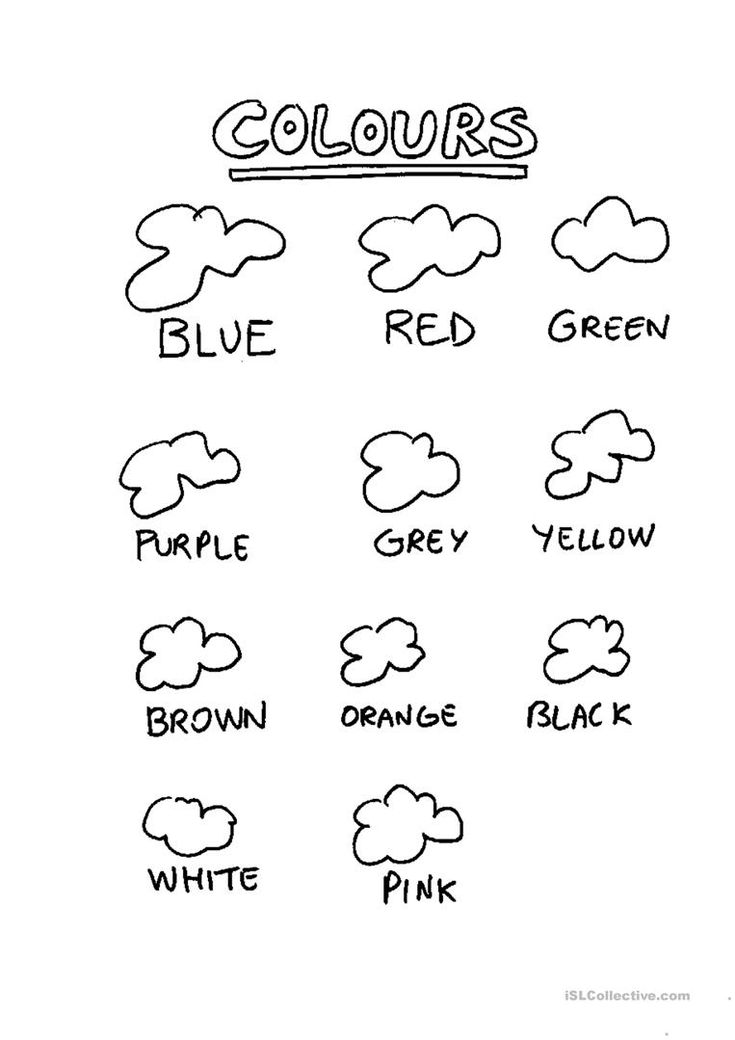 He is not low, not high, not high. That Teremok is called a bell. Once... She ran up to the bell... And she said... And the bell answered her.... And she began ... to hide from the rain in a bell, ”and so on. By beginning phrases, you help your child learn how to build a text and how to connect sentences in a text. Be sure to write down the resulting fairy tale, retell it - the baby needs to feel that his achievements in writing and speech creativity are significant for close adults! nine0007
He is not low, not high, not high. That Teremok is called a bell. Once... She ran up to the bell... And she said... And the bell answered her.... And she began ... to hide from the rain in a bell, ”and so on. By beginning phrases, you help your child learn how to build a text and how to connect sentences in a text. Be sure to write down the resulting fairy tale, retell it - the baby needs to feel that his achievements in writing and speech creativity are significant for close adults! nine0007
Ivan da Marya
This flower has unusual flowers - they are of two colors: yellow and lilac.
Ivan da Marya the flower is very beautiful. But you don’t need to tear Ivan da Marya! The flower will quickly wither and lose its beauty. Let it please us better in the meadow!
There is a fairy tale about where this flower got its name from.
The Tale of the Flower Ivan da Marya
Once upon a time there lived Ivan and the beautiful Marya.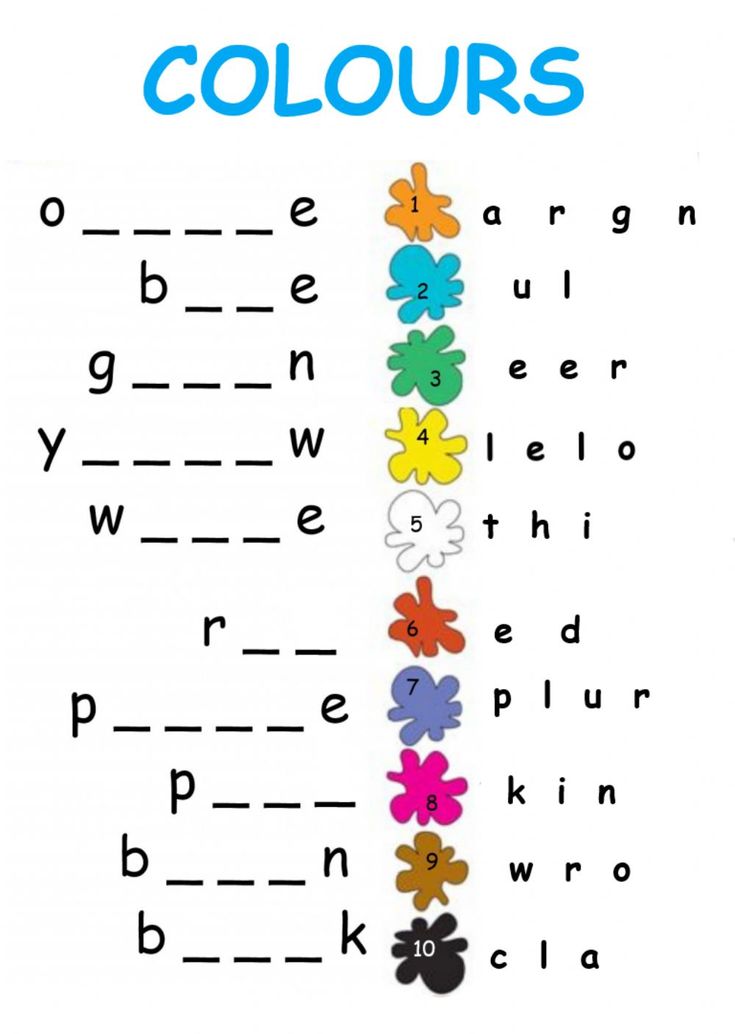 Once they went to the forest for mushrooms and berries. But a storm arose, a thunderstorm began, thunder struck. They had nowhere to hide. Then Ivan shielded Marya from the rain with himself, and Marya sat down near the bush. The storm ended, and in this place a flower appeared. This flower had yellow flowers, which were covered with blue leaves on top. Here, in memory of Ivan and Marya, they called the flower Ivan da Marya. And you find in the flower, where is Ivan, and where is Marya in this plant? nine0007
Once they went to the forest for mushrooms and berries. But a storm arose, a thunderstorm began, thunder struck. They had nowhere to hide. Then Ivan shielded Marya from the rain with himself, and Marya sat down near the bush. The storm ended, and in this place a flower appeared. This flower had yellow flowers, which were covered with blue leaves on top. Here, in memory of Ivan and Marya, they called the flower Ivan da Marya. And you find in the flower, where is Ivan, and where is Marya in this plant? nine0007
Marya sat down by a bush in the rain. And since then, this plant alone has not lived. It always attaches itself to another flower, “sits down” next to it and feeds on it.
Ivan-tea (fireweed)
Do not confuse Ivan-da-Maria with Ivan-tea. Look at the picture - this is Ivan-tea. In another way it is called "fireweed".
Ivan tea is a tall plant. Its flowers are collected in a brush, similar to a candle. They are a very beautiful bright lilac-pink color.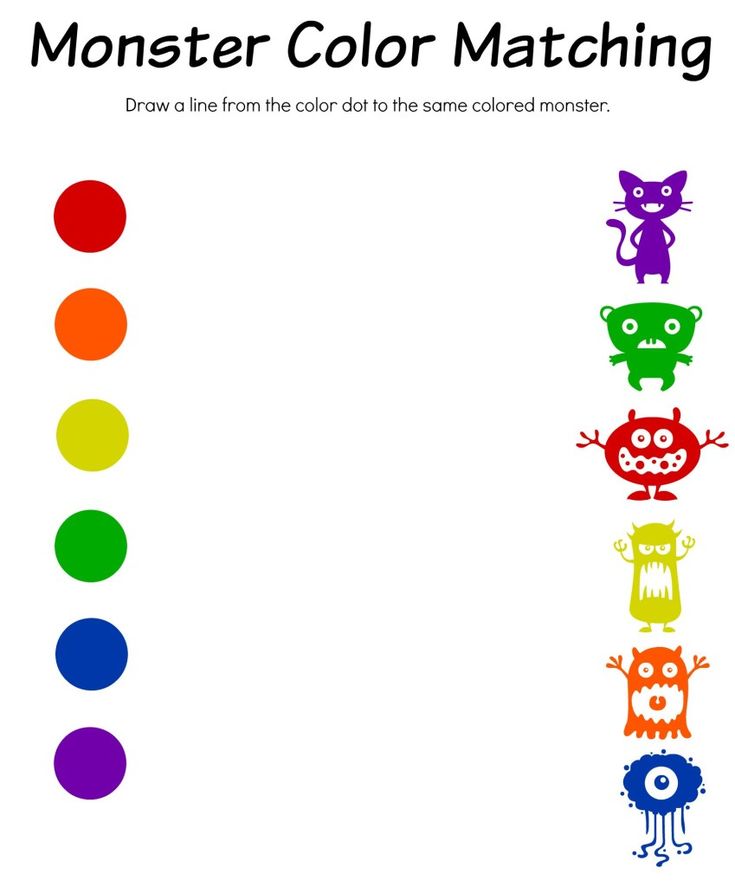 Ivan-tea flowers contain a lot of nectar, so bees and beekeepers love this flower. Delicious honey! Ivan tea is used to make real tea - “Russian tea”, “Ivan's tea”. That's why it's called that. nine0007
Ivan-tea flowers contain a lot of nectar, so bees and beekeepers love this flower. Delicious honey! Ivan tea is used to make real tea - “Russian tea”, “Ivan's tea”. That's why it's called that. nine0007
In a clearing by chance
blushed Ivan-tea :
"My purple color, friends,
can not be bypassed!.." (A. Alferova)
Fireweed wakes up very early, when we are still sleeping. He opens his flowers at 5-6 in the morning. And if the weather is rainy, then the flowers close.
Fireweed — the most amazing flower! And it is famous and useful not only for tea! Read to your child an excerpt from the story "Caring Flower" by Konstantin Paustovsky, and you will discover a lot of interesting things in this plant! nine0007
“Near the house where the forestry was located, a shady garden has grown along the slope of the ravine. A river flowed along the bottom of the ravine. Immediately, not far away, it flowed into a large river.
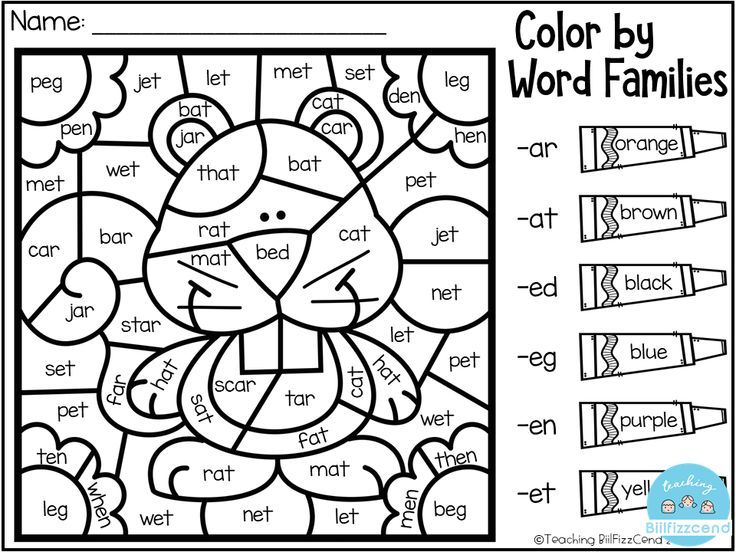
The river was quiet, with a lazy course and dense thickets along the banks. In these thickets a path was trodden to the water, and a bench stood near it. In their free moments, the forester Mikhail Mikhailovich, Anyuta and other employees of the forestry liked to sit on this bench for a while, to watch the midges hustle over the water and how the setting sun burns out on clouds that look like sailing ships. nine0114 That evening I also found Mikhail Mikhailovich and Anyuta on a bench on the river bank.
An unusually green duckweed swam in the pool at our feet. In clean places, water-color bloomed - white and thin, like tissue paper, flowers with a red core. Above the whirlpool, on the steep bank, fireweed has grown in islands.
- Fireweed is our assistant, - Mikhail Mikhailovich noted.
— And squirrels are also good helpers, — Anyuta added.
"I just learned about squirrels," I said. - From the boys. Is it true that you take pine cones from squirrels? nine0114 - But how! Anyuta replied.- There are no better bump collectors than squirrels in the world. Come with us to the forest tomorrow. You will see for yourself.
— Well then, — I agreed, — let's go. But fireweed helps you, I don’t know. Until now, I only knew that its leaves are brewed instead of tea.
- That's why people called him Ivan-tea, - Mikhail Mikhailovich explained. - And he helps us with this ...
Mikhail Mikhailovich began to tell.
Fireweed always grows in forest fires and fellings. Recently, fireweed was considered a weed. He was only good for cheap tea. The foresters mercilessly tore out all the fireweed that grew next to the young pines. They did this because they believed that the fireweed drowns out the shoots of pine trees, takes away light and moisture from them. nine0114 But soon they noticed that the pines in those places where the fireweed is destroyed cannot fight the cold at all and from the very first morning frosts, which happen in early autumn, they completely die.
Scientists, of course, began to look for the cause of this and finally found it.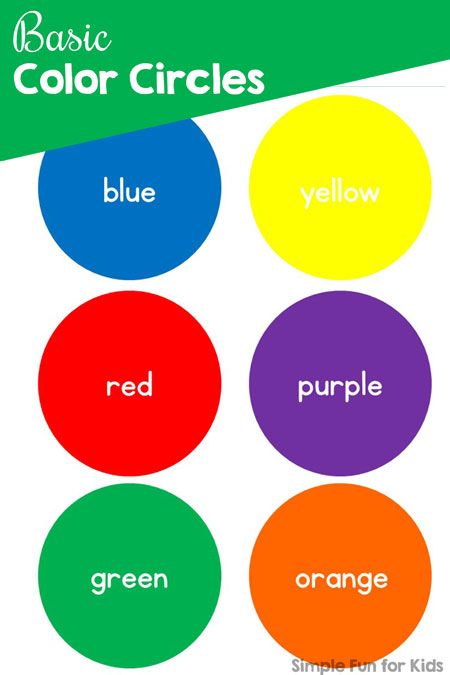
- What happened? - Mikhail Mikhailovich asked and answered himself: - But it turned out that fireweed is a very warm flower. When the autumn frost hits and the hoarfrost silvers the grass, then there is no hoarfrost near the fireweed. Because there is warm air around the fireweed. This flower emits warmth from itself. And in this warmth, all the neighbors of the fireweed grow without fear, all weak shoots, until winter covers them, like a wadded blanket, with deep snow. And note that fireweed always grows next to young pines. This is their watchman, their protector, their nanny. It happens that in severe frost the entire top of the fireweed will freeze, but he still does not give up, lives and breathes warmth. Selfless flower! nine0114 — Fireweed, — Anyuta said, — not only warms the air, but also the soil. So the roots of all these shoots do not freeze.
- Do you think one fireweed is so wonderful? Mikhail Mikhailovich asked me. - Almost every plant can be told such amazing things that you just gasp.Whatever the flower, then just a story. Plants save us from diseases, give us sound sleep, fresh strength, clothe us, feed us - you can’t count everything. We have no better friends than plants. Yes, if I could tell fairy tales, I would tell such things about every blade of grass, about every inconspicuous little buttercup or spikelet, that all the good old storytellers would envy me. nine0114 - Of course! Anyuta said. - If they knew then what we know now, then there would be no need for fairy tales.
The next day I went with the boys and Anyuta to the Moss Forest, saw squirrel warehouses of pine cones, saw thickets of fireweed on burned areas and young plantings, and since then I began to relate to squirrels, fireweed flowers, and young pines like your true friends.
Before leaving, I plucked a bunch of fireweed. Anyuta dried it for me in dry sand. From this, the flowers retained their bright crimson color. nine0114 In Moscow, I put this dry brush of fireweed into a thick book.It was called "Russian Folk Tales". And every time I opened this book, I thought that the life that surrounds us, even the life of this simple and modest flower, is often more interesting than the most magical fairy tales.
Chamomile
Chamomile is also known to everyone and will never be confused with other flowers. Although no! Confused! If you see one large flower on one stem, then this is not a chamomile, this is a popovnik. A chamomile has a strongly branching stem. And on one chamomile plant there are always a lot of small flowers. Chamomile is called so - medicinal chamomile, because it helps with many diseases. nine0007
There are white daisies
In the meadows among tall grasses,
As if someone scattered pieces of paper,
Drawing suns on them.
Invites a ringing bell
Gather them in a field bouquet,
But daisies - cunning girls - <
Only smile in response.(G, Novitskaya).
What are the daisies compared to in this poem? And what else do they look like - what would you compare them to?
Good afternoon, camomile,
White shirt,
Yellow center,
Leaves - like a boat! (L. Kuklin).
What kind of shirt does camomile have? And what is the middle? How does its leaves look like a boat? Also, what do they look like?
Do you think it is possible to grow chamomile at home? Listen to the poem.
Chamomile blossomed in the garden
Petals once and twice…
All carved lace.
Nastya ran into the garden
And saw a camomile,
And clapped her hands:
“Oh, how good he is!
This little white flower
We will transplant into a pot.
Mom said affectionately:
“There isn't enough room in the pot.
Let the chamomile grow in the garden -
Snow-white shirt,
The sun and water are here,
Let it bloom in the garden! (L.Nekrasova)
Tansy
Tansy is very easy to recognize. She has flowers like yellow buttons, collected in a bunch. What do her flowers look like? Listen to the poem. What did the poetess compare tansy flowers to? Is it true that she thought it was interesting? nine0007
Let tansy be modest,
yes medicinal, nevertheless,
It is not for nothing that the flowers
look like pills,
Still - like chickens,
bright yellow for now,
To the touch - like a suede nose. Golikov).
Look carefully at two pictures - tansy and mountain ash. How are tansy and mountain ash similar? What is the difference? Why do you think tansy is called "wild mountain ash"? (In tansy, the leaves look like the leaves of a mountain ash. And the clusters of yellow flowers look like clusters of mountain ash. So they called it "wild mountain ash")\u003e
Tansy is a special flower.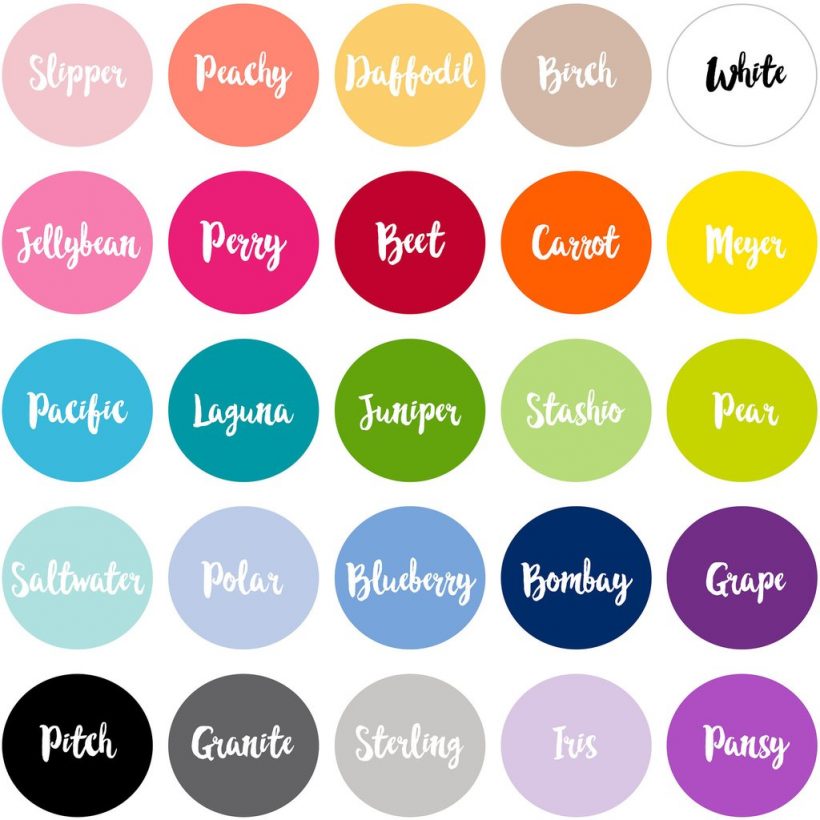 It is medicinal, i.e. used for treatment. It's also a real compass. Yes, if you do not have a compass, then tansy will replace it! Tansy has a secret. The edges of tansy leaves are always directed from north to south!
It is medicinal, i.e. used for treatment. It's also a real compass. Yes, if you do not have a compass, then tansy will replace it! Tansy has a secret. The edges of tansy leaves are always directed from north to south!
Green dye is made from tansy - threads and fabrics are dyed with it.
Tansy also repels insects. She has a very bad smell. The hostess picks the tansy, brings it home, hangs it on the wall, and all the insects fly away. They do not like the smell of tansy. nine0007
In the past, cooks used to collect tansy leaves and put a little of the leaves in gingerbread and cookies for flavor. They say the gingerbread was delicious!
Forget-me-not
They are invisible,
You can't count them!
And who only invented them -
Merry, blue?Must have been torn off
A piece of the sky,
A little bit of conjuration
And made a flower.
Author: E. Serova
Forget-me-not blooms for a very long time almost until autumn.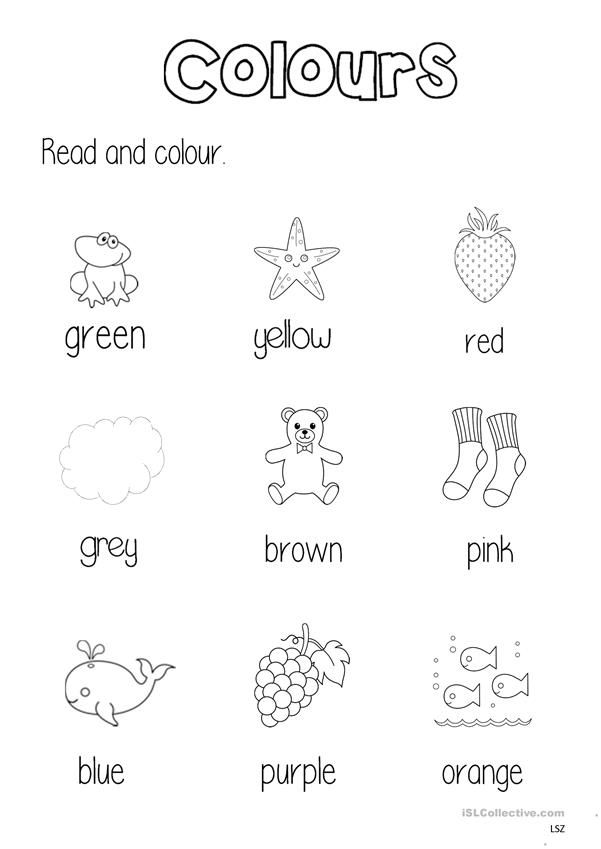 There are many of them on the banks of streams. Blue forget-me-not petals. What else is blue in summer? Yes, the sky is blue, the stream and the river are also blue. And in the middle of the forget-me-not there is a tiny yellow center like a small sun. She seems to be telling us: "Don't forget." There are many legends about this flower, but for the most part these are legends for adults, not for children.
There are many of them on the banks of streams. Blue forget-me-not petals. What else is blue in summer? Yes, the sky is blue, the stream and the river are also blue. And in the middle of the forget-me-not there is a tiny yellow center like a small sun. She seems to be telling us: "Don't forget." There are many legends about this flower, but for the most part these are legends for adults, not for children.
Chicory
If you see chicory flowers, it means it's the top of summer! Heat! Chicory is very strong, even drought is not terrible for him! It has round blue flowers - baskets. And the stem is silvery and sticks up high. nine0007
Why is it easy to confuse chicory with cornflower? How are they similar? How can their flowers be distinguished?
Chicory is a medicinal plant. To treat various diseases, its branches are brewed, salads are made from the leaves, and a drink that replaces coffee is made from the roots.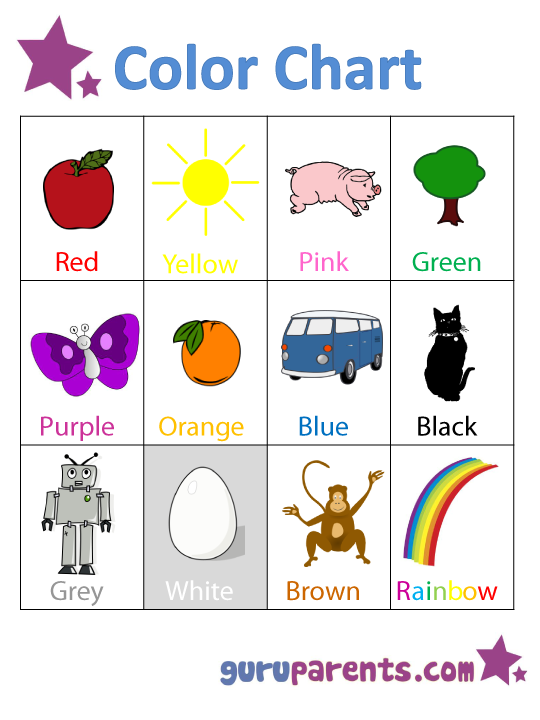 Show the baby chicory in the store. And if you drink this drink and you have it at home, then let it taste.
Show the baby chicory in the store. And if you drink this drink and you have it at home, then let it taste.
Chicory wakes up very early - at dawn, when many other flowers are still asleep. And falls asleep in the afternoon. If the chicory flowers do not open in the morning, then it will rain. nine0007
Cornflowers
Cornflower riddle:
Blue head and long stem.
Well, who doesn't know him! This is… (cornflower)
If you go to the field in summer, you will see a lot of cornflowers. Cornflowers have a very beautiful petal shape - with notches along the edges. And the head of the flower seems to lie on a green cone.
The blue sky fell on the meadow,
Everything around became blue-blue,
They bloomed in the meadow, by the blue river,
Like the blue sky, the flowers are cornflowers. (N. Masley)
Golden Sea -
spikelets ripen,
Walk among them
Grasses, weeds.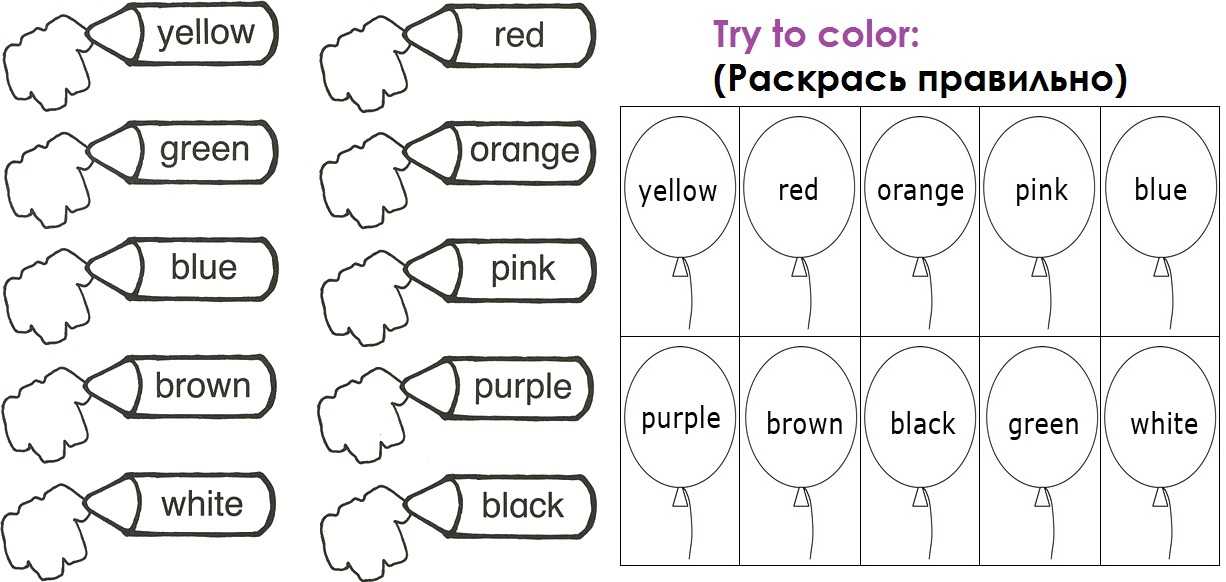
Regal, blue
among the ripe rye,
Bold and strong,
We stood along the boundary.
As if overturned
Turquoise from the sky,
How beautiful
blue eyes.
Blue berets -
deep looks -
Cornflowers - flowers,
our cornflowers. (T. Tarasova)
What boy's name does the name of this flower look like? Vasily - Vasya- Vasilek. nine0007
Buttercup
Buttercup - yellow, beautiful. And when there are a lot of buttercups, you get a real golden carpet of them!
Buttercup buttercups -
Yellow fireworks
Scattered across the fields,
Like parachutes.
Scattered through the gardens
And turn yellow here and there (A. Alferova).
Buttercup seems to be quite harmless. But in fact, is poisonous! Fierce! It's probably not called that for nothing! Fierce buttercup. Who is called fierce? A fierce hurricane, a fierce beast, a fierce robber.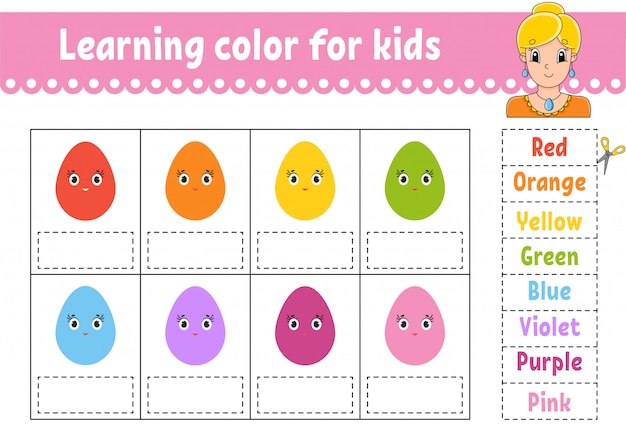 That's the character of a buttercup! nine0007
That's the character of a buttercup! nine0007
Why is buttercup fierce? It has poison juice. And if this buttercup juice gets on the skin of a person, then this place will burn and pinch. In the old days, they even treated with a buttercup - they will smear the back, and this place begins to pinch terribly like from a mustard plaster. So they called him fierce.
And scientists call the buttercup very funny - "ranunculus", i.e. frog . Why is it called that? Probably because buttercup grows in damp places, which frogs love very much. Or maybe not. Do you know why? nine0007
Buttercups have another name - also very interesting. They are called "night blindness". Why? Because buttercups, like chickens, go to bed early!
Yellow buttercups are very beautiful!
Thistle
Oh, what a terrible thistle! All in thorns, thorns, needles! As if saying: "Don't come near!".
But thistle - is also a weather forecaster.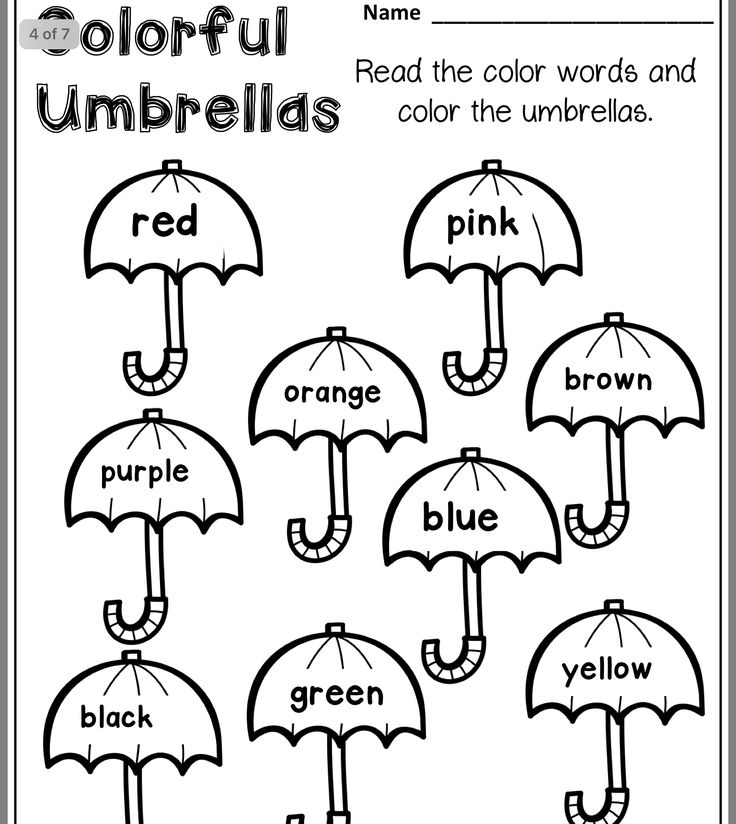 How does he predict it if he has thorns? It's very simple - if the thorns are very hard and stick out in different directions, then the weather will be good. And if its needles stick up, then it will rain. You can check J.
How does he predict it if he has thorns? It's very simple - if the thorns are very hard and stick out in different directions, then the weather will be good. And if its needles stick up, then it will rain. You can check J.
Burdock (burdock)
Burdock is a sticky plant. As soon as you pass by him, his baskets with fruits have already stuck to his clothes. They even say this: “I stuck like a burdock”, if a person is very tired. Have burdock baskets stuck to you?
But "stickiness" is very good for burdock. Clinging to people's clothes, his baskets travel to different places right at us as passengers. We get transport for him! Therefore, burdock grows everywhere - that people and animals carry it everywhere on themselves! nine0007
The burdock has hooks-thorns, very small, tiny, which give it the ability to cling. And now, following the model of burdock, people have come up with a fastener - Velcro. Show this fastener to your child and look at the two parts of the Velcro.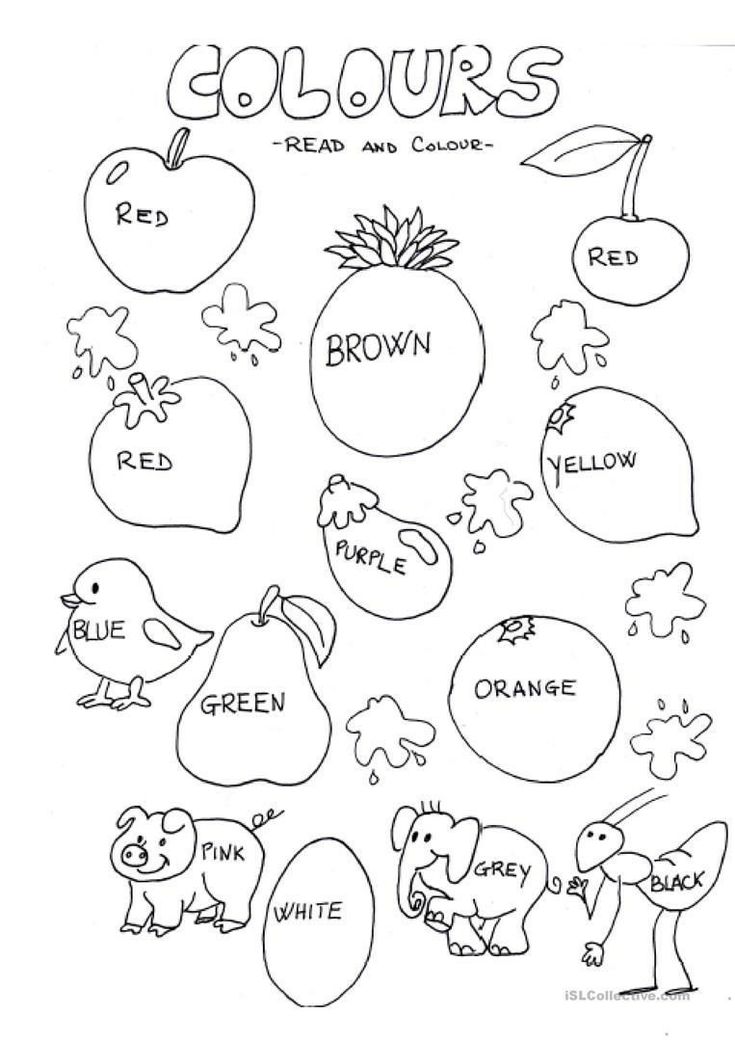 One of them has hooks like a burdock. And it clings to any fleecy surface.
One of them has hooks like a burdock. And it clings to any fleecy surface.
Plantain
Plantain is a traveler's friend. How do you think he helps him? If you pick plantain leaves, wash them and put them on the wound, they will help the wound heal faster. Here is a doctor - a plantain. nine0007
Grows in the field along paths
Miraculous doctor - plantain.
I'll tell you a secret now -
He's on duty here for a reason!
If you cut your finger, it will help.
It will heal a scratch too.
If you knock your knee down, it doesn't matter!
The green doctor is always here! (N. Tomilina)
And for what it was called so - plantain. Wayfarer. On the way to. For the fact that it grows along the roads. And it's very easy to find it!
Not only plantain helps travelers and heals their wounds. Travelers help him too. How? Carry psyllium seeds. Of course, not in a bag like in a seed store.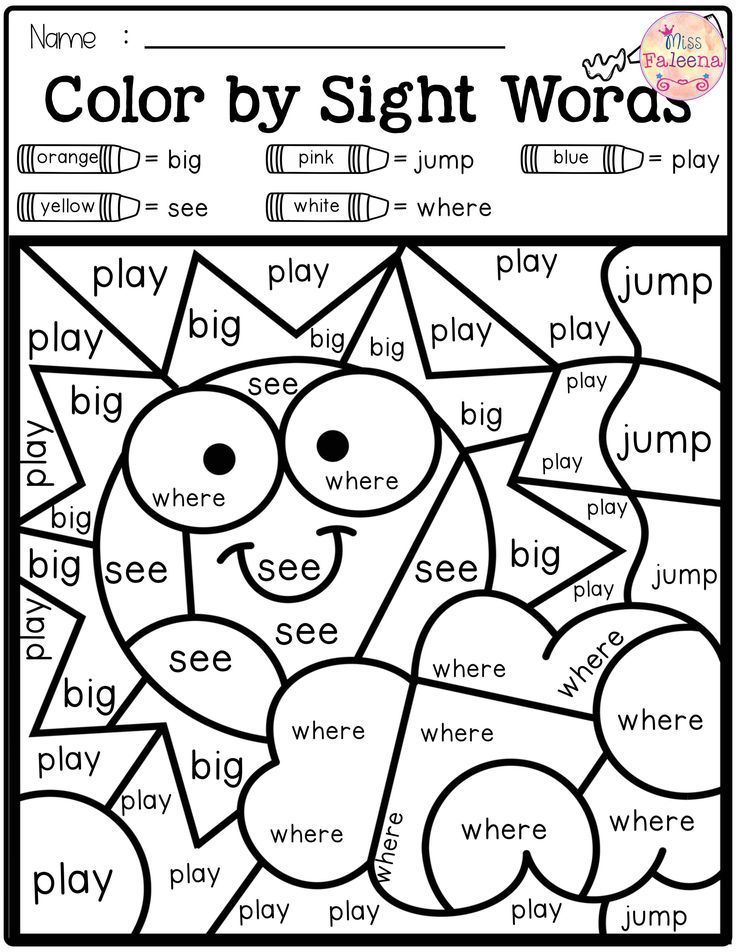 They carry seeds on the soles of their shoes. The seeds of psyllium are very small, stick easily and travel on shoes. And as soon as they fall to the ground, a new plantain grows here. nine0007
They carry seeds on the soles of their shoes. The seeds of psyllium are very small, stick easily and travel on shoes. And as soon as they fall to the ground, a new plantain grows here. nine0007
And the plantain is not afraid of us when we walk on it - its leaves are elastic, tightly pressed to the ground, it is not afraid of trampling like other delicate flowers. But if his leaves were not pressed to the ground, but were raised above it, then he would be afraid of us! After all, the leaves raised above the ground are very easy to break and trample.
Carnation
Show your child a garden carnation at a flower shop or flower shop. And this is a carnation from the forest. How is it different? Yes, it's smaller! But also very pretty! It was from this small forest carnation that her garden sisters, relatives, originated. People have come up with and created many different beautiful varieties of garden carnations. But they all came from the forest carnation.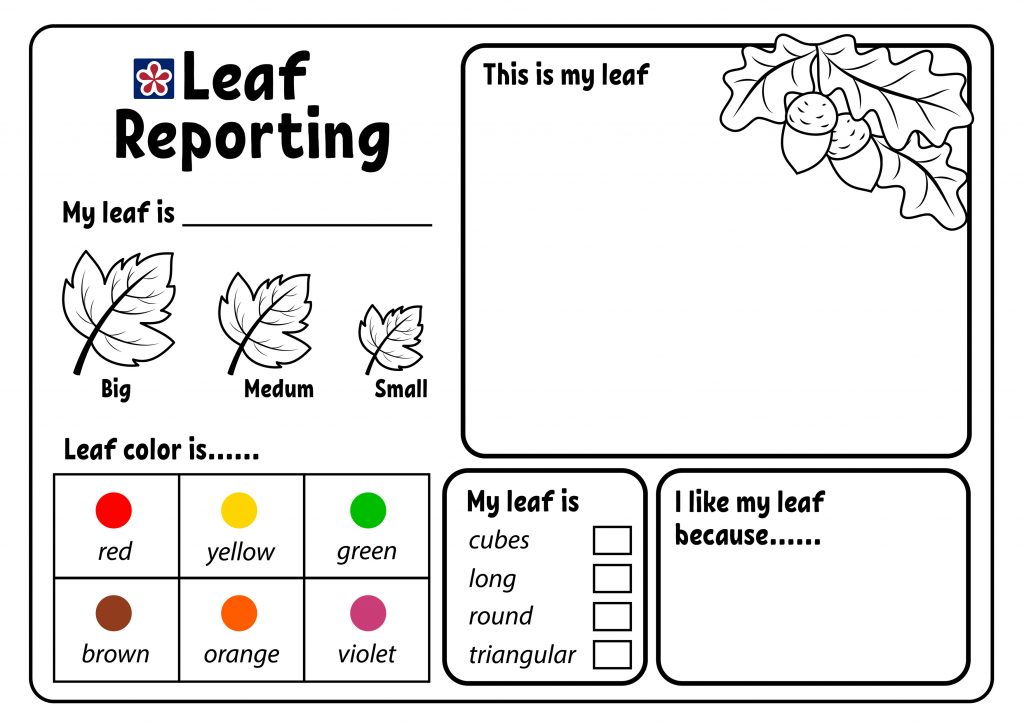 nine0007
nine0007
Clover
Clover - odorous porridge. That's what they call him. For whom is this porridge - porridge? For cows and sheep who love to eat clover. Bumblebees also love clover.
In the field outside the village,
Among fragrant porridge,
Clover blooms -
Chamomile's best friend.
Red lumps,
Like cat paws.
Flower balls,
The smell of the field is sweet.
Clover, of course,
Knows young and old—
Hay for the cow.
Nectar for bees.
So that the cow has,
Milk by the river,
She needs for food,
Field clover.
Let the bees circle,
Above the clover flower.
We'll be with you later,
Let's drink tea with honey! (Z. Trubitsyna)
Yarrow
Yarrow has an interesting name. A thousand is a leaf. It turns out that he has a thousand leaves? Why is he so called? Listen to the poem:
I don't play, I don't dream,
I'm sitting and counting the leaves.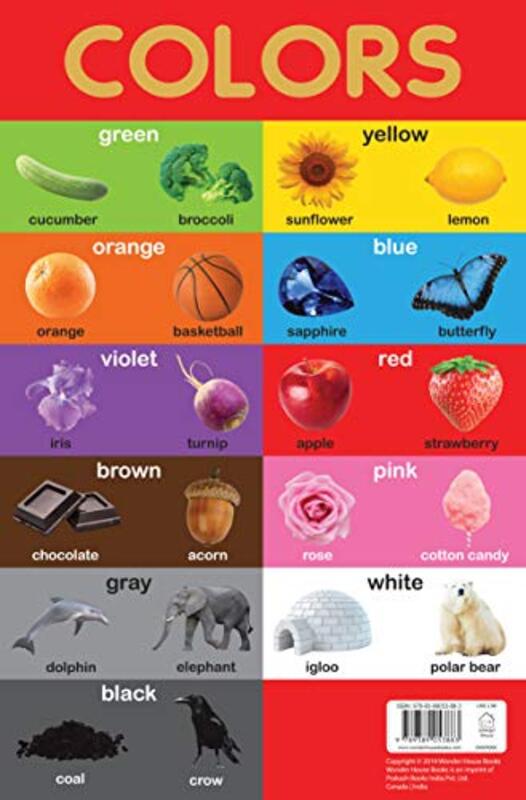 ..
..
And not a thousand here at all,
But only three hundred and eight.
Someone was wrong for a long time:
Petals not counted,
Without a special vocation
Gave the wrong name.
They didn’t count, but in vain:
Why am I terrible,
I’m an excellent student in botany,
Why yarrow ???
Yarrow has not a thousand leaves, but much less - even a little. But each leaf is dissected into many parts - as if into a thousand small leaves. That's why they named him that. nine0007
Yarrow is a hero. He is not afraid of rain, cold or heat. And it grows very quickly - not by the day, but by the hour!
Protecting meadow and wild flowers!
Explain to your child how important it is to protect meadow and wild flowers and not pick them in vain. If they are plucked, they will quickly wither, and they will not bring joy anyway. And on the field or in the meadow, these flowers will please everyone for a long time, and next year new flowers will grow in the same place.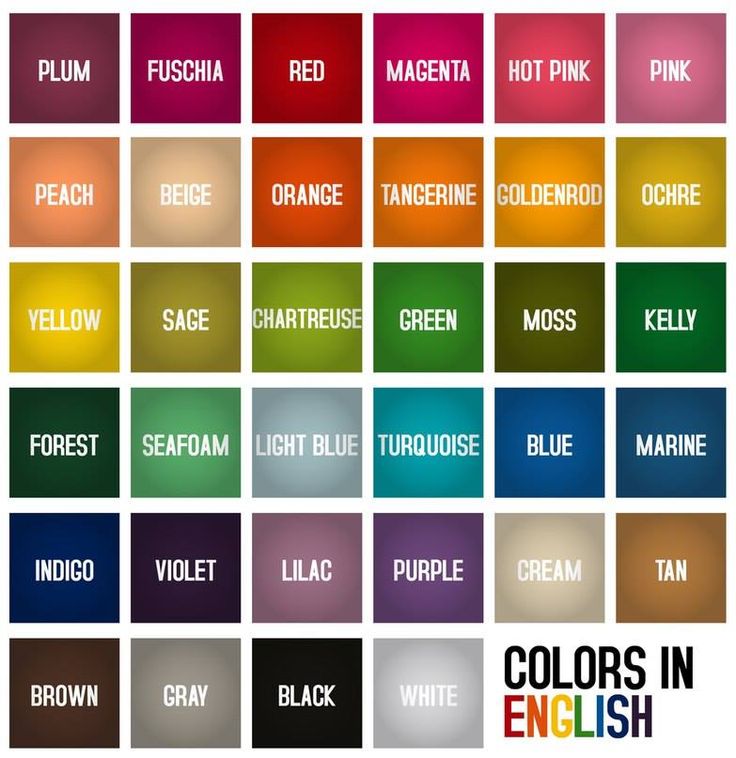 From the fact that people pick flowers, many types of flowers began to disappear. nine0007
From the fact that people pick flowers, many types of flowers began to disappear. nine0007
The rarest flowers are listed in a special Red Book. And they were forbidden to tear and collect.
Before, when people went to collect medicinal herbs, they took only those herbs that they needed and asked for the Earth:
“Mother, native land,
I know: you are generous.
Let the grass be carried home,
Find health.”
Flowers also suffer from trampling. Therefore, it is better to walk in the forest along the paths or near them.
Let's protect the beauty of nature together! nine0007
Logical tasks for children 5 years and older on the topic "Flowers and herbs"
Logical task 1. Golden meadow
And now I will guess one riddle. That's what happened one summer with the kids. Listen to the story and guess why this happened? This logical task is available to children from 5-6 years old and older.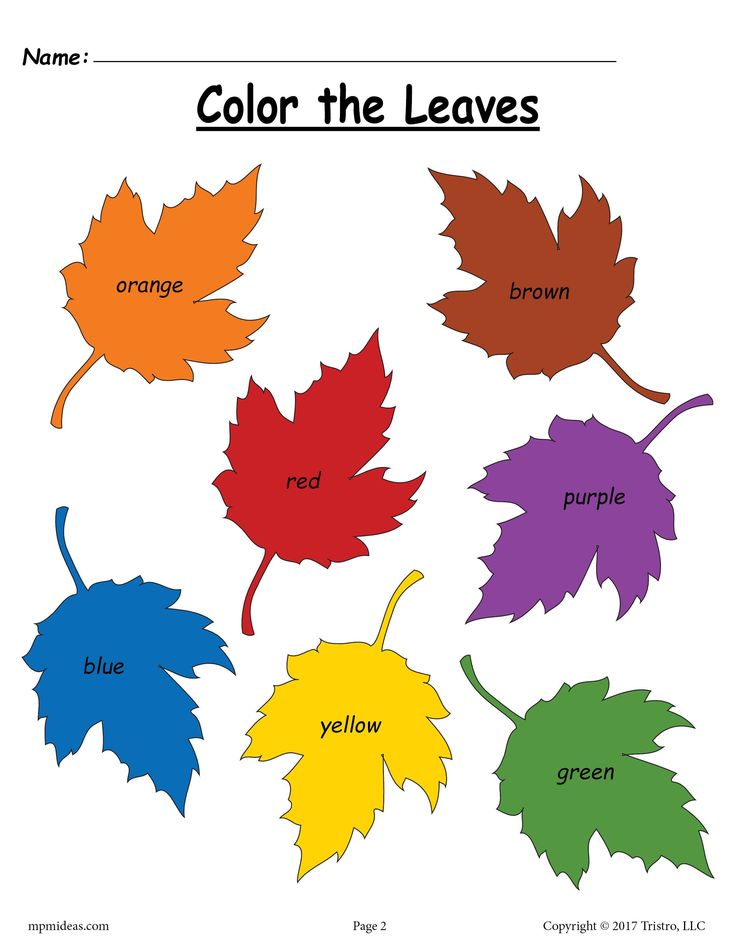 In order for the child to solve it, it is necessary that he observe the plants in nature and see how they either open or close their petals. nine0007
In order for the child to solve it, it is necessary that he observe the plants in nature and see how they either open or close their petals. nine0007
We lived in a village, in front of the window we had a meadow, all golden with many blooming dandelions. This was very beautiful. Everyone said: “Very beautiful! Golden Meadow. One day I got up early to fish and noticed that the meadow was not golden, but green. When I returned home around noon, the meadow was again all golden. I began to observe. By evening the meadow turned green again.
Ask the child what happened to the meadow? Why did he turn green? Listen to his reasoning. And then read the boy's answer from M. Prishvin's story "Golden Meadow":
Then I went and found a dandelion, and it turned out that it squeezed its petals, as if it were all the same if your fingers were yellow on the side of your palm and, clenched into a fist, we would close the yellow one. In the morning, when the sun rose, I saw how dandelions open their palms and from this the meadow becomes golden again.
Since then, the dandelion has become one of the most interesting flowers for us, because dandelions went to bed with us children and got up with us.
Logic problem 2. Amazing droplets. Author – N. F. Vinogradova
“At the dacha, the children got up early and immediately ran to the area where beautiful flowers and grass grew. On each leaf and flower, the guys saw large silvery, transparent, like beads, droplets of water. They shone and shimmered in the sun. "What it is?" the guys were surprised.
Do you know what it is? What are these water droplets called? Will they be on the grass and flowers all day long? What time of day can you see them?
Listen to the children's answers and tell them about dew. Show dew drops in the morning. It is believed that dew is for excellent weather. Check out this sign. Dew appears when the night is warm and the day promises to be hot. It appears because the air has become colder in the morning. The water vapor that is in the air also cooled and turned into drops of water - dew. nine0007
The water vapor that is in the air also cooled and turned into drops of water - dew. nine0007
Logical task 3. Diamonds. (According to the story "What kind of dew is on the grass." Author - Tolstoy Lev Nikolayevich
Ask the child if he knows what diamonds are? What are they? Read the beginning of the story to the child:
in the forest, then in the fields, in the grass, diamonds are visible. All these diamonds shine and shimmer in the sun in different colors—yellow, and red, and blue.
When you come closer and see what it is, you will see ... "0007
Pause here in the story and ask the child what we will see - what are these diamonds? Let him discuss what diamonds can be found in the morning in the grass and in the flowers. And then read the story to the end.
“…you will see that these are drops of dew gathered in triangular leaves of grass and shining in the sun. The leaf of this grass inside is shaggy and fluffy, like velvet.
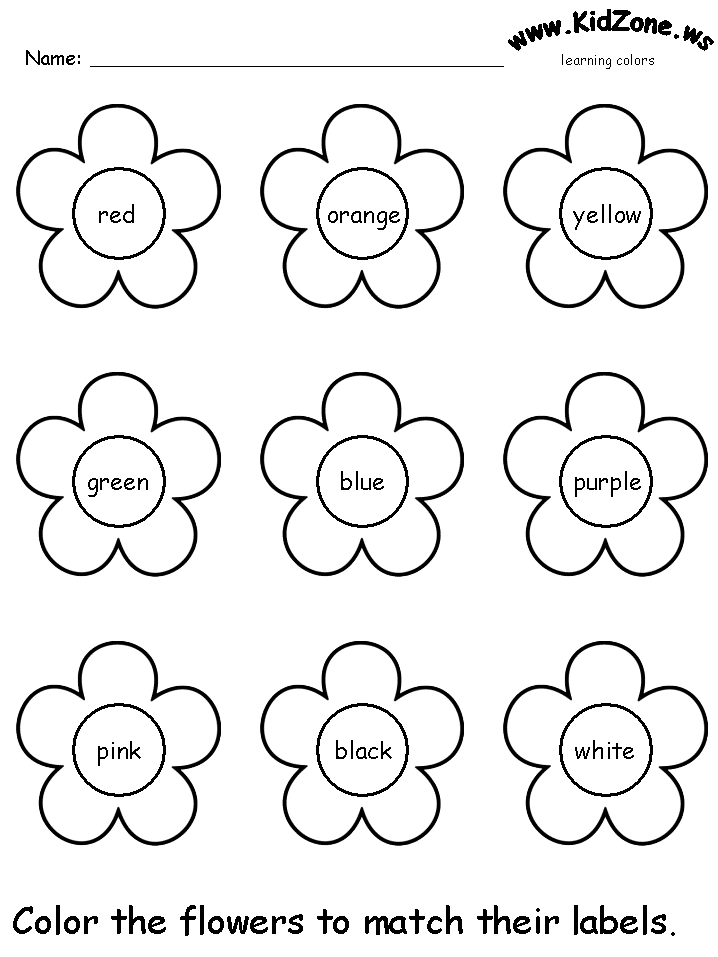
And the drops roll over the leaf and do not wet it.
When you inadvertently pick off a leaf with a dewdrop, the drop will roll down like a ball of light, and you will not see how it slips past the stem. It used to be that you tear off such a cup, slowly bring it to your mouth and drink a dewdrop, and this dewdrop seems to be tastier than any drink. nine0007
Ask your child what is the difference between dewdrops and diamonds? And how are they different?
Read another story by L.N. Tolstoy for children “What kind of dew happens” in its entirety, admire the author’s beautiful language, expressive words from the story - how beautifully Lev Nikolayevich said about dew: “diamonds shimmer in the sun”, “drops roll on a leaf”. When you pay attention to expressive words in stories and fairy tales, then teach your child to listen to artistic speech, to be attentive to the native word, to notice figurative expressions in people's conversation and in works of art.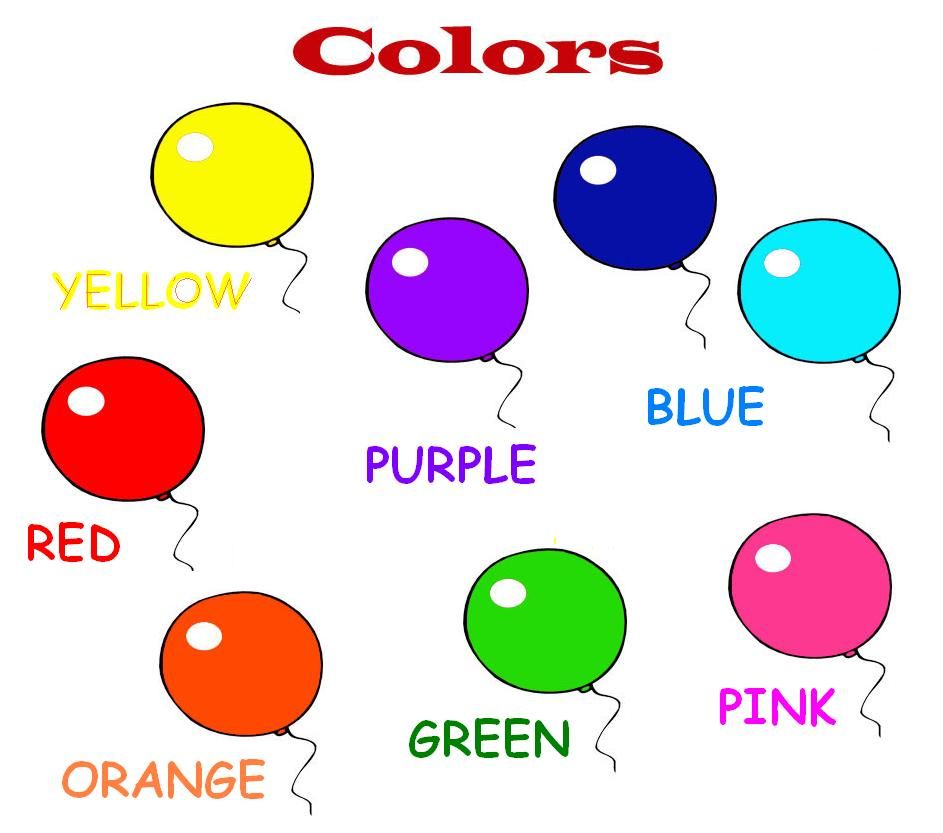 nine0007
nine0007
If you liked this trip to the country of our neighbors - plants, then I would be grateful if you tell your friends and colleagues about the article, and also share your impressions in the comments. What surprised you the most in the world of plants? About what, in your opinion. still need to tell the kids? What is interesting for your children?
More interesting materials about summer can be found in articles on the Native Path:
Folk calendar for June: omens, calendar tales, folk games, round dances and fun for children. nine0007
How a shirt grew in the field: entertaining about the world around. Linen in stories in pictures, fairy tales, videos, poems and incantations for children.
Summer riddles: 100 riddles with answers about plants, animals, summer months, natural phenomena
Summer poems: 38 beautiful and sunny poems about summer for children and adults
Trees in pictures, fairy tales and tasks for children.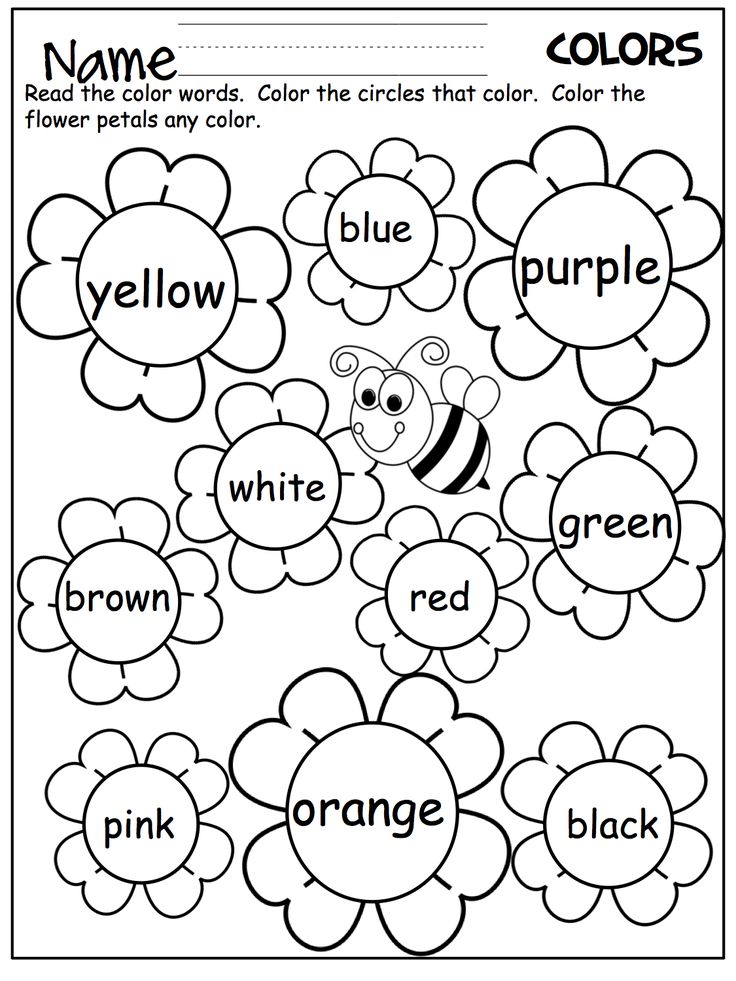
How does wind help plants? Where does wind come from?
See you soon in the rubric "The world around us"
Get NEW FREE AUDIO COURSE WITH GAME APP
"Speech development from 0 to 7 years: what is important to know and what to do. Cheat sheet for parents"
Click on the link below or on the free subscription004 cover03
Author of the course - Valasina Asya, candidate of pedagogical sciences, author of the site "Native Path"
Flowers for a children's room: what are useful. List
People have always tried to decorate their homes with indoor flowers and instilled this tradition in future generations from childhood. But not all plants that grow quietly in adults' rooms will have a beneficial effect on the health and development of preschoolers. What flowers are suitable for a children's room, and which ones are better to refrain from? Properly selected flower arrangement will create a wonderful mood, teach the child to take care of nature.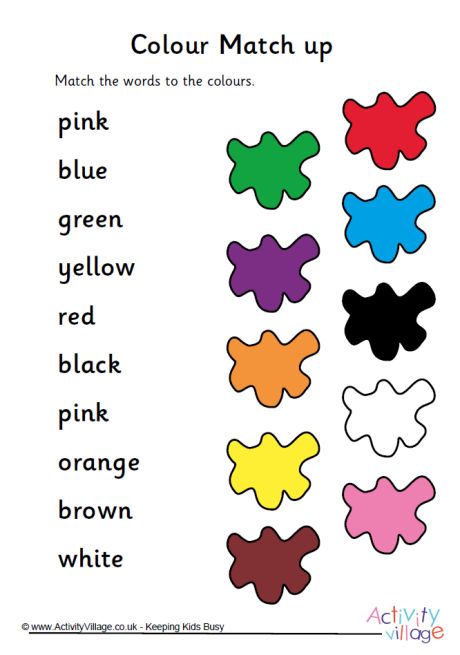 There are two basic rules when choosing a plant for a children's room - ease of care, resistance to changes in external conditions. nine0019
There are two basic rules when choosing a plant for a children's room - ease of care, resistance to changes in external conditions. nine0019
Sansevieria (mother-in-law's tongue)
Sansevieria is perfect for a child's room - it does not cause allergies, it is unpretentious.
Differs in the small sizes, extreme simplicity in leaving. The leaves are decorative, of various shapes depending on the variety. The flowers are small white, flowering occurs every 3-4 months. There are many varieties of sansevieria that differ in color, shape, leaf color.
Effectively purifies indoor air, even in winter. Dust containing harmful substances is deposited on the leaves. Requires daily watering, the leaves must be wiped from dust as it accumulates. The flower is not picky about sunlight; it can be planted both on a window and on stands against the wall. Any well-lit room will do for this plant. nine0007
Lemon tree
Showy appearance, with proper care can produce edible fruits. Releases a large amount of essential oils into the air, creating a pleasant unobtrusive smell. Prevents the growth of bacteria, makes it easier to survive the cold period. Naturally, these flowers for children will be useful. Lemons grown on the tree can be added to tea for flavor.
Releases a large amount of essential oils into the air, creating a pleasant unobtrusive smell. Prevents the growth of bacteria, makes it easier to survive the cold period. Naturally, these flowers for children will be useful. Lemons grown on the tree can be added to tea for flavor.
Southern fruit is well suited to experienced gardeners, as there are many nuances of care and maintenance. With proper skill, a tree can be grown from a lemon stone bought in a store. The lemon tree requires regular watering, periodic fertilization. nine0007
Lemon tree releases essential oils, which is beneficial for the child's body.
Kalanchoe
Bright flower with a slight smell. Very pretty, kids love it. There are many options for the appearance of Kalanchoe, each of them has its own characteristics of care.
Kalanchoe is quite unpretentious flower, can live quite a long time without watering, but requires a place with bright sunlight.
Chlorophytum
It is considered an air orderly - it easily concentrates harmful impurities on itself, preventing them from spreading throughout the room.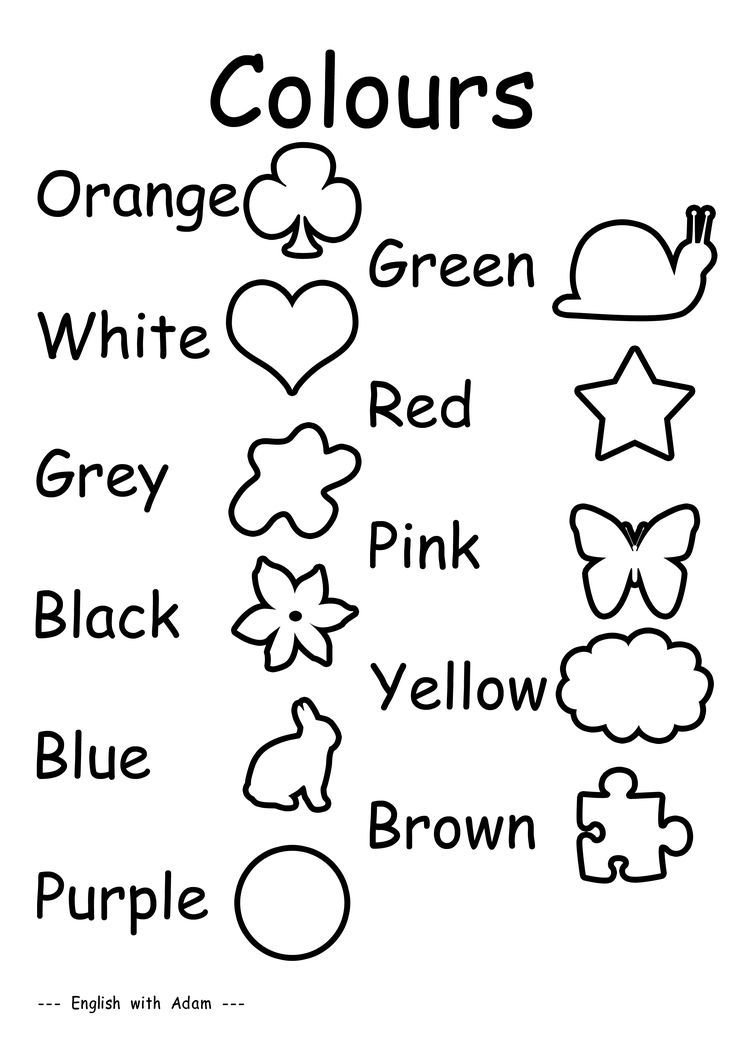 Perfect for a kid's room. In combination with sansevieria, it allows you to maintain clean, oxygen-rich air even with rare ventilation (especially important in winter or when a child is sick). Strongly humidifies air, does not allow it to become dry. nine0007
Perfect for a kid's room. In combination with sansevieria, it allows you to maintain clean, oxygen-rich air even with rare ventilation (especially important in winter or when a child is sick). Strongly humidifies air, does not allow it to become dry. nine0007
In terms of keeping conditions - the most unpretentious of these plants. It grows equally well both on brightly lit southern windows and on pendants in the back of the room. It is desirable to water daily, in emergency cases, chlorophytum is able to survive without watering for about a week.
Chlorophytum is the most useful plant for a nursery; it releases phytoncides and purifies the air of impurities.
The appearance of the plant is unpretentious - long narrow green leaves growing from a common base. Coloring - bright green along the edge of the sheet, brightens towards the middle (may be completely white). Some children like to chew on houseplant leaves. Chlorophytum in this regard is an absolutely safe indoor flower for a nursery. nine0007
nine0007
Violet
Familiar purple or lilac small flowers that bloom almost constantly. The plant is small in size, making it easy to fit into any interior.
Needs watering when soil dries. It is difficult to pour or underfill a violet, so the plant lives well, blooms, multiplies in kindergartens and schools. Great for teaching kids how to care for plants.
Children can take care of violets and begonias.
Cypress
The name is due to the external similarity, not relatedness of plants. Cypress has the ability to collect dust, harmful substances contained in the air. It releases phytoncides that increase immunity, alleviate the cold period, and speed up recovery from diseases. Such an indoor flower would be appropriate both in the children's room and in the kindergarten group.
A feature of caring for cypress is a mandatory daily spraying with water, wiping with a damp cloth. After the procedure, the plant is again able to perform the functions of a living air filter.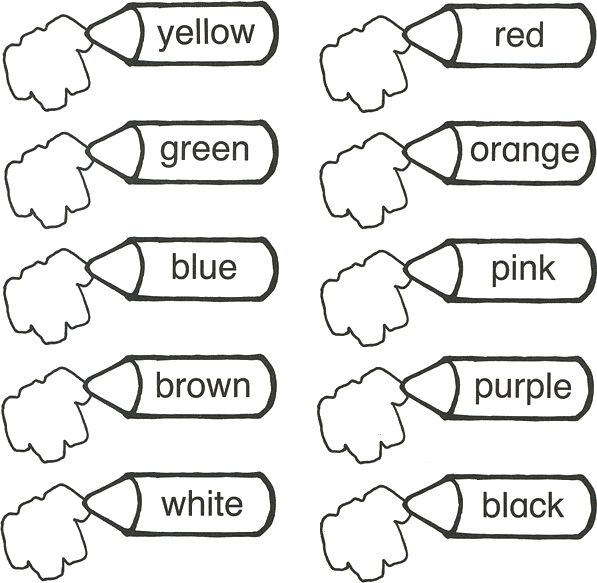 Spraying partially replaces watering. nine0007
Spraying partially replaces watering. nine0007
Begonia
An equally well-known indoor plant, suitable for children's rooms. Perfectly filters the air, eliminating harmful substances, dust, bacteria. Likes bright light, frequent regular watering. Begonia should not be sprayed - there is a danger of damaging the leaves if the plant is in direct sunlight.
The pubescence on the stem is not thorns, it is completely safe to touch it. The habit of picking and chewing begonia leaves will not harm the child - the plant is not poisonous. nine0007
Zygocactus (Decembrist, Christmas star)
Zygocactus blooms in mid-December - early January, hence the additional names. Perfect for decorating kindergartens in winter. Bright, red or white flowers will create a festive mood.
Grows in well-lit areas, requires weekly watering. Unlike most cacti, it does not require hibernation. It is widely believed that if the Decembrist is moved to another room, flowering will stop. In fact, the plant may miss one season, but if the same conditions are maintained, flowering will not change. nine0007
It is widely believed that if the Decembrist is moved to another room, flowering will stop. In fact, the plant may miss one season, but if the same conditions are maintained, flowering will not change. nine0007
Hibiscus (Chinese rose)
It is better to put a young hibiscus in a children's room, as an adult plant takes up a lot of space.
Large plant with large, showy flowers, single or double. There are a huge variety of colors of flowers. The smell is weak. In the children's room, it is better to plant a young plant, an adult - large, up to 2 meters high, will create significant inconvenience.
Tradescantia
The stalks hang down, so it is perfect for decorating walls. The use of hanging pots, special stands will allow the plant to grow, giving the room a green look. nine0007
It is advisable to set the pots with tradescantia higher - children tend to pick off the leaves. It is especially important if there are pets in the house besides the child.